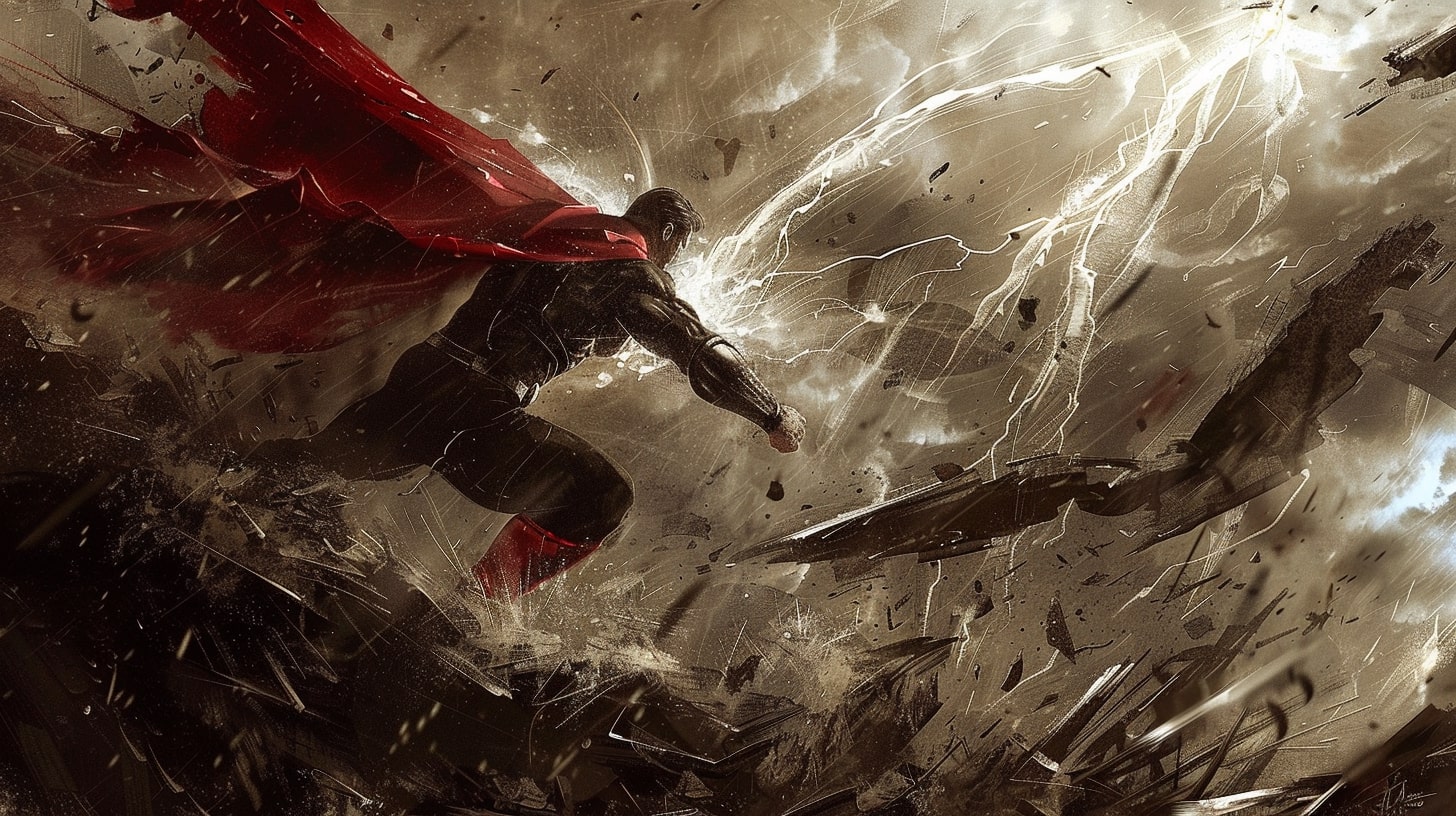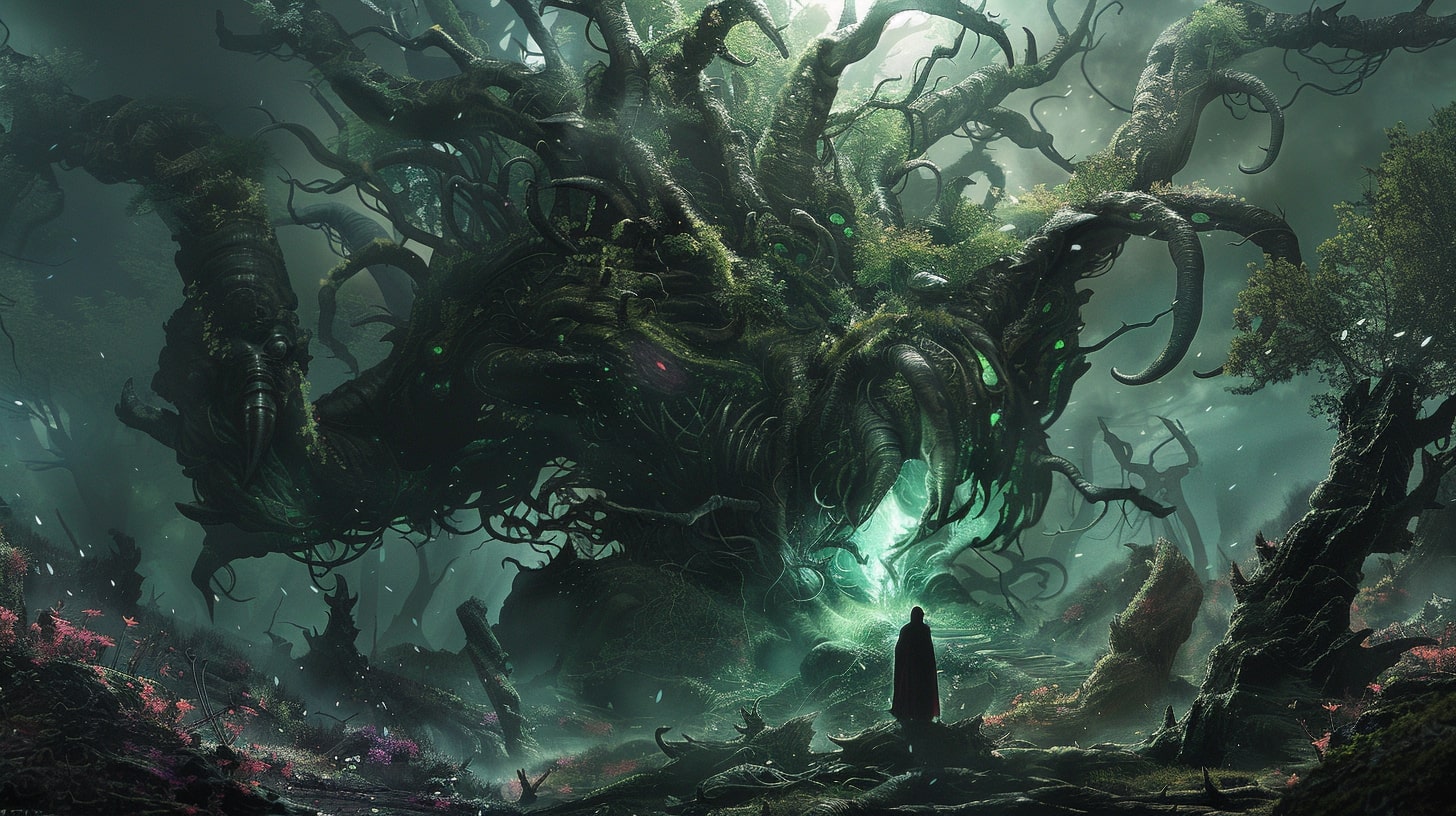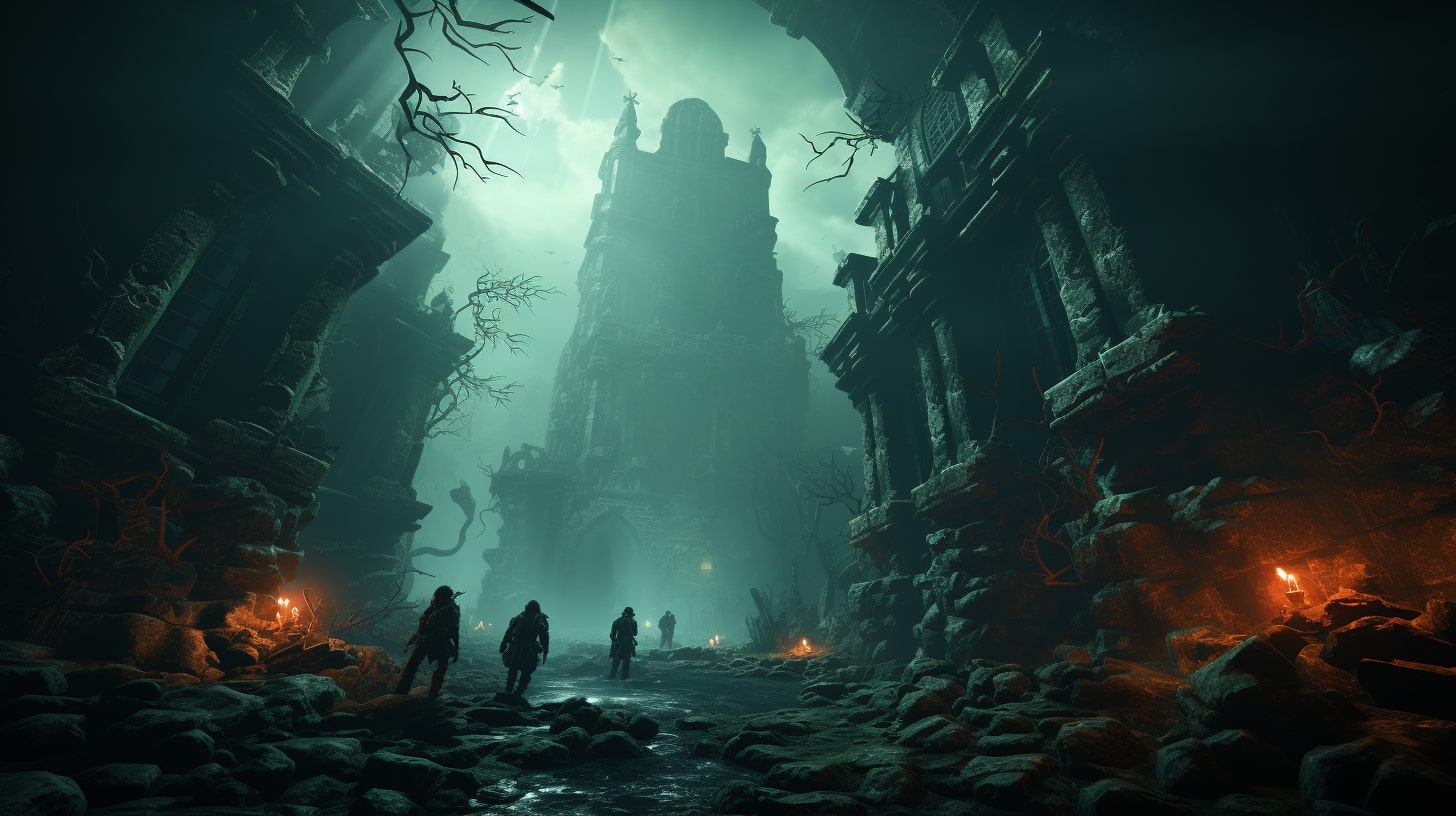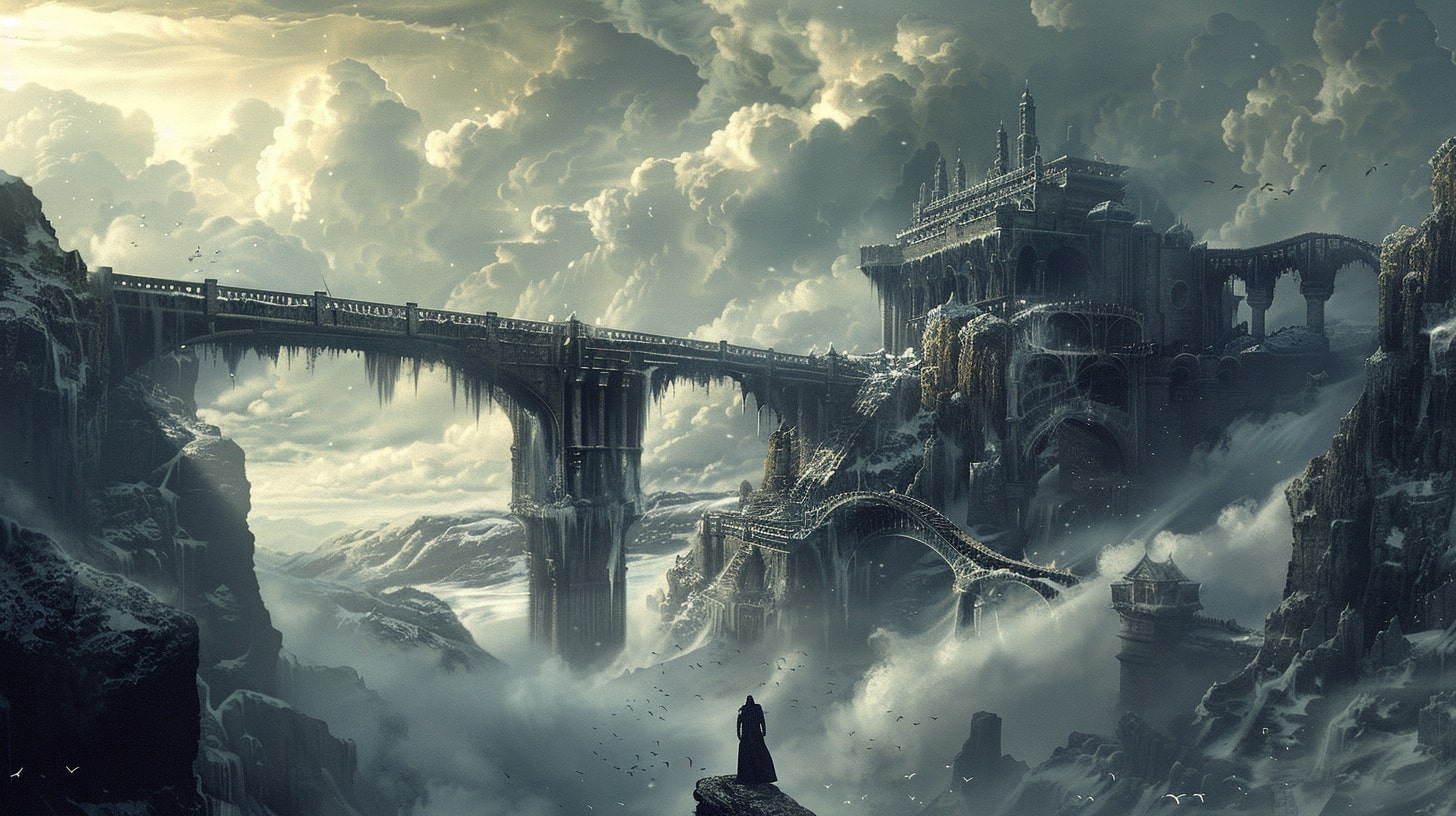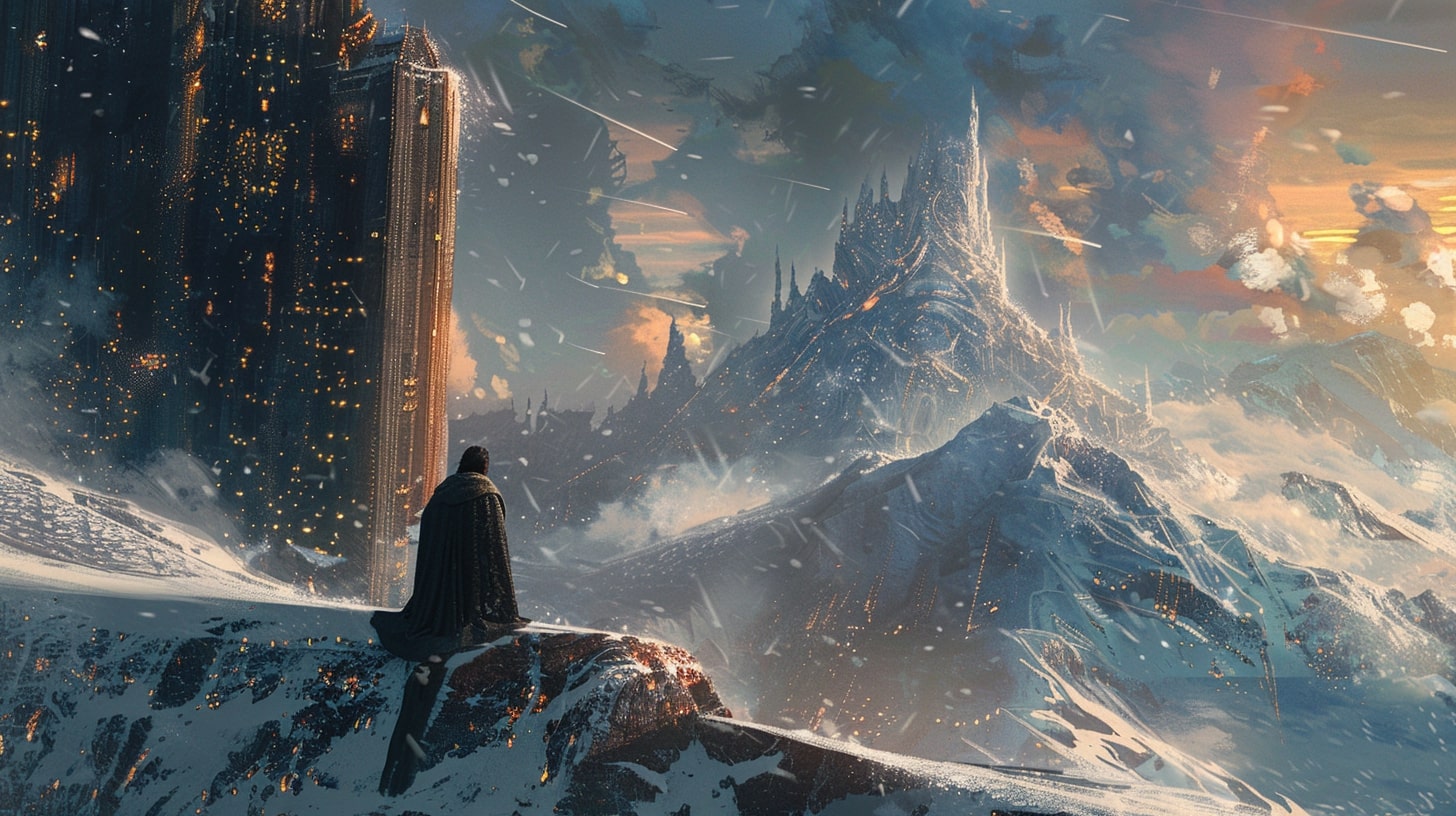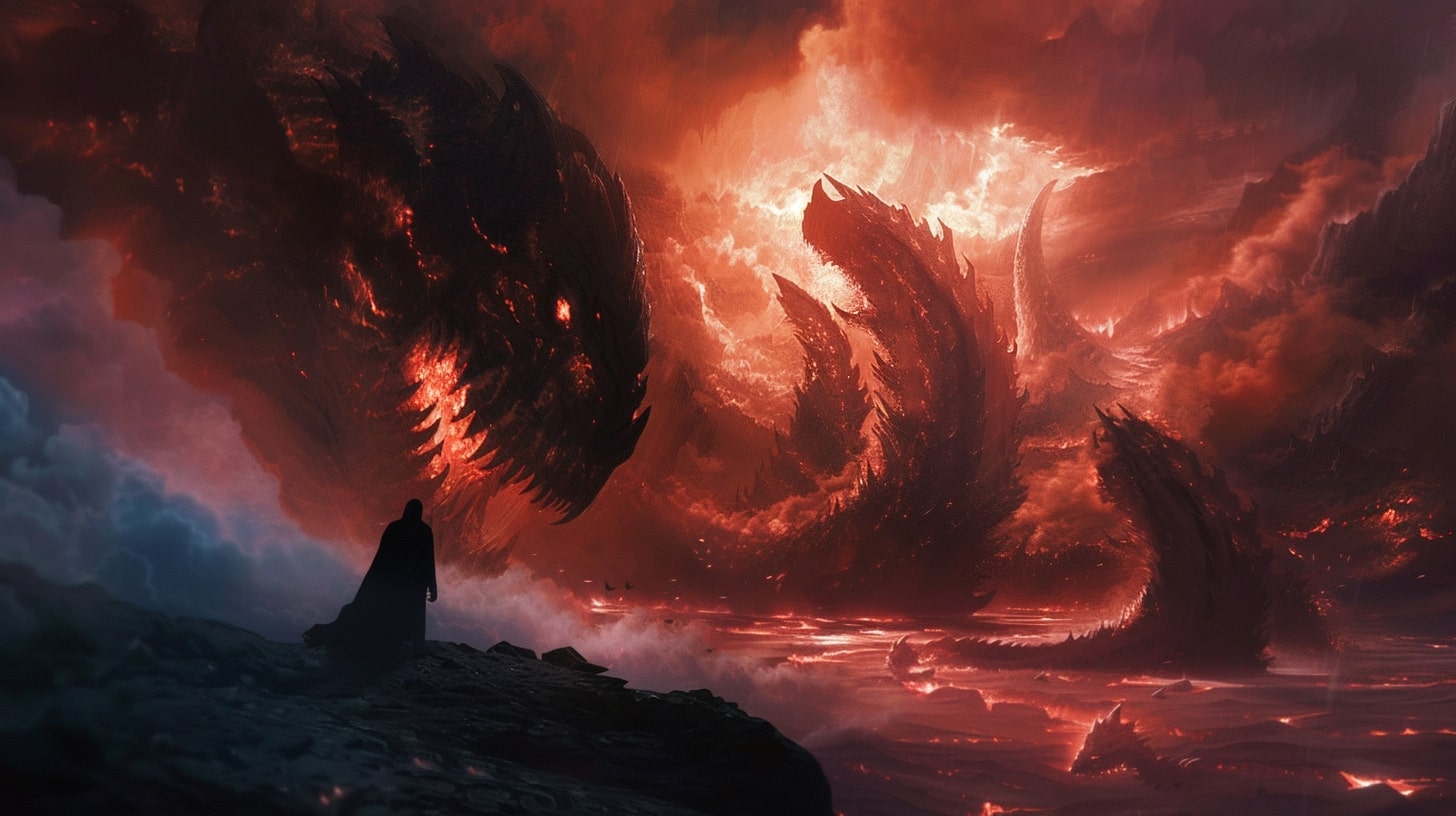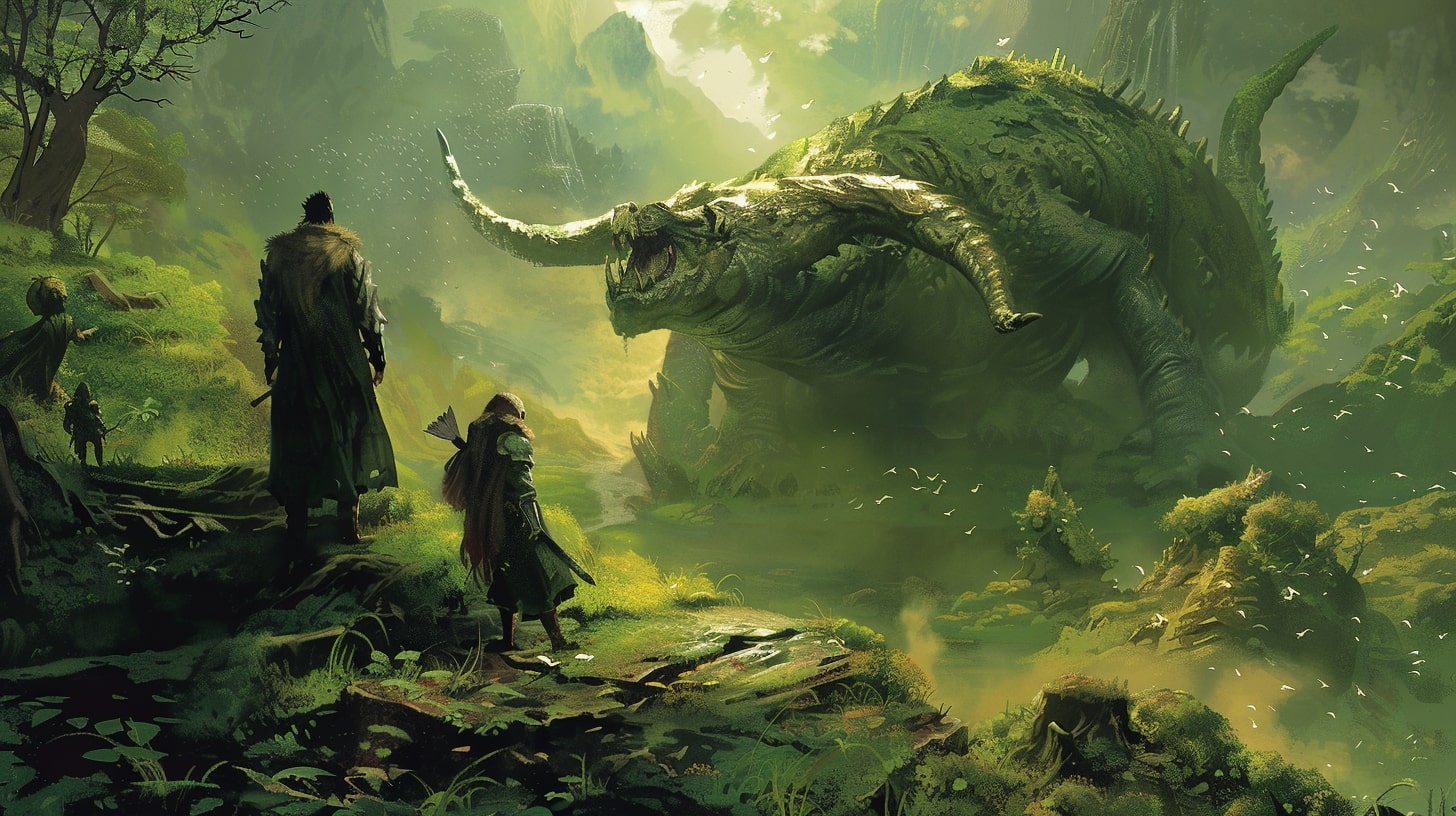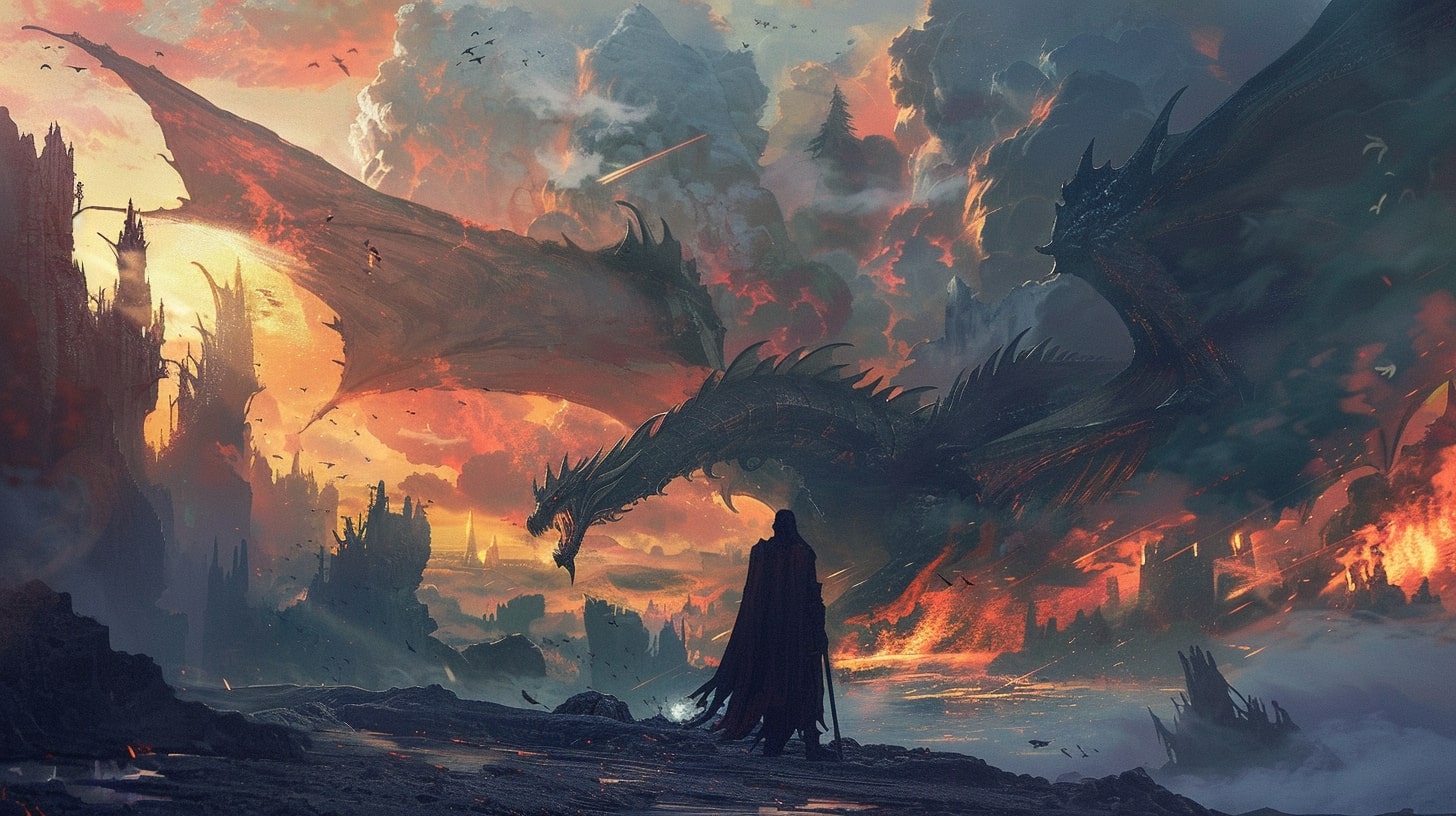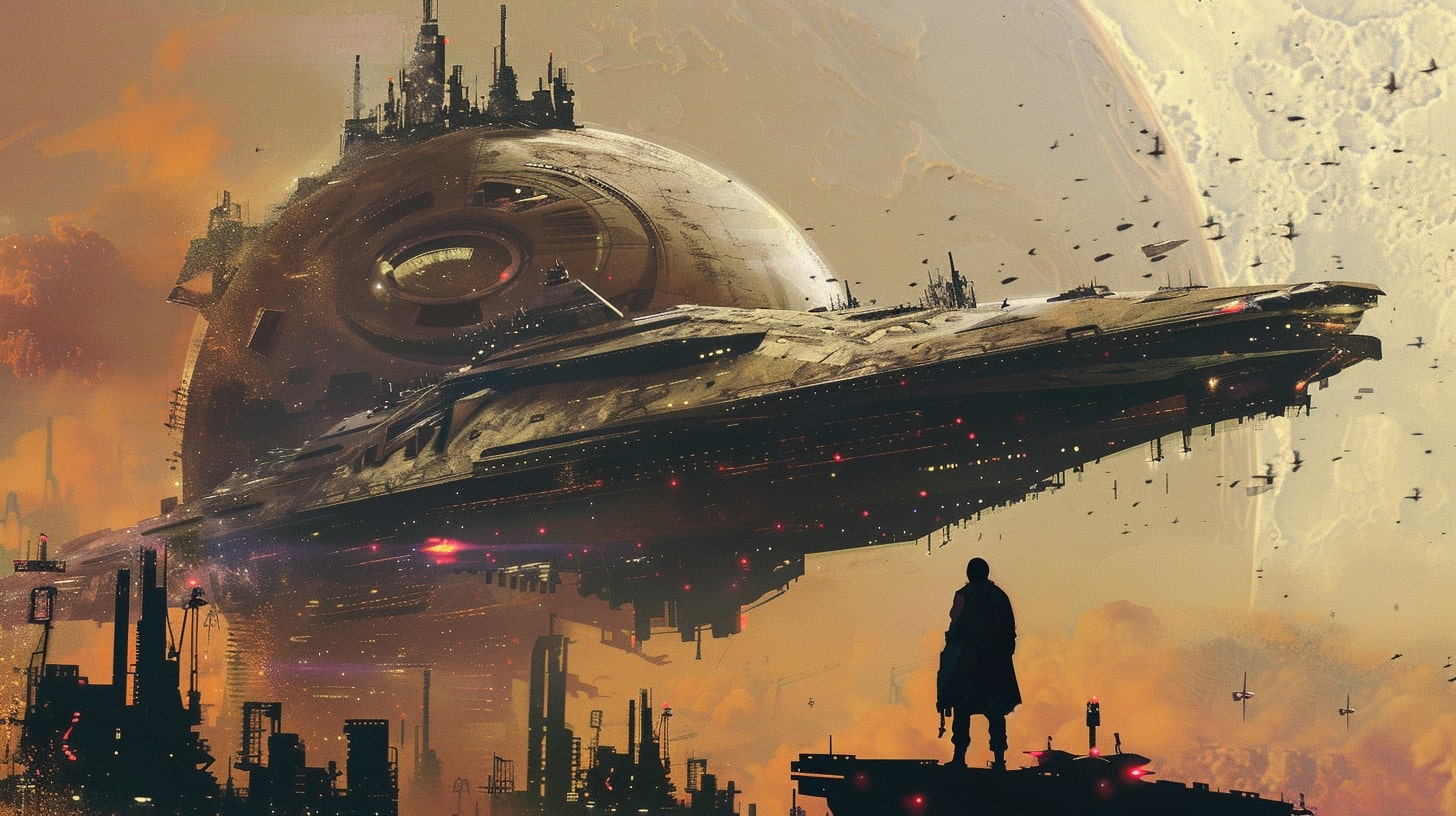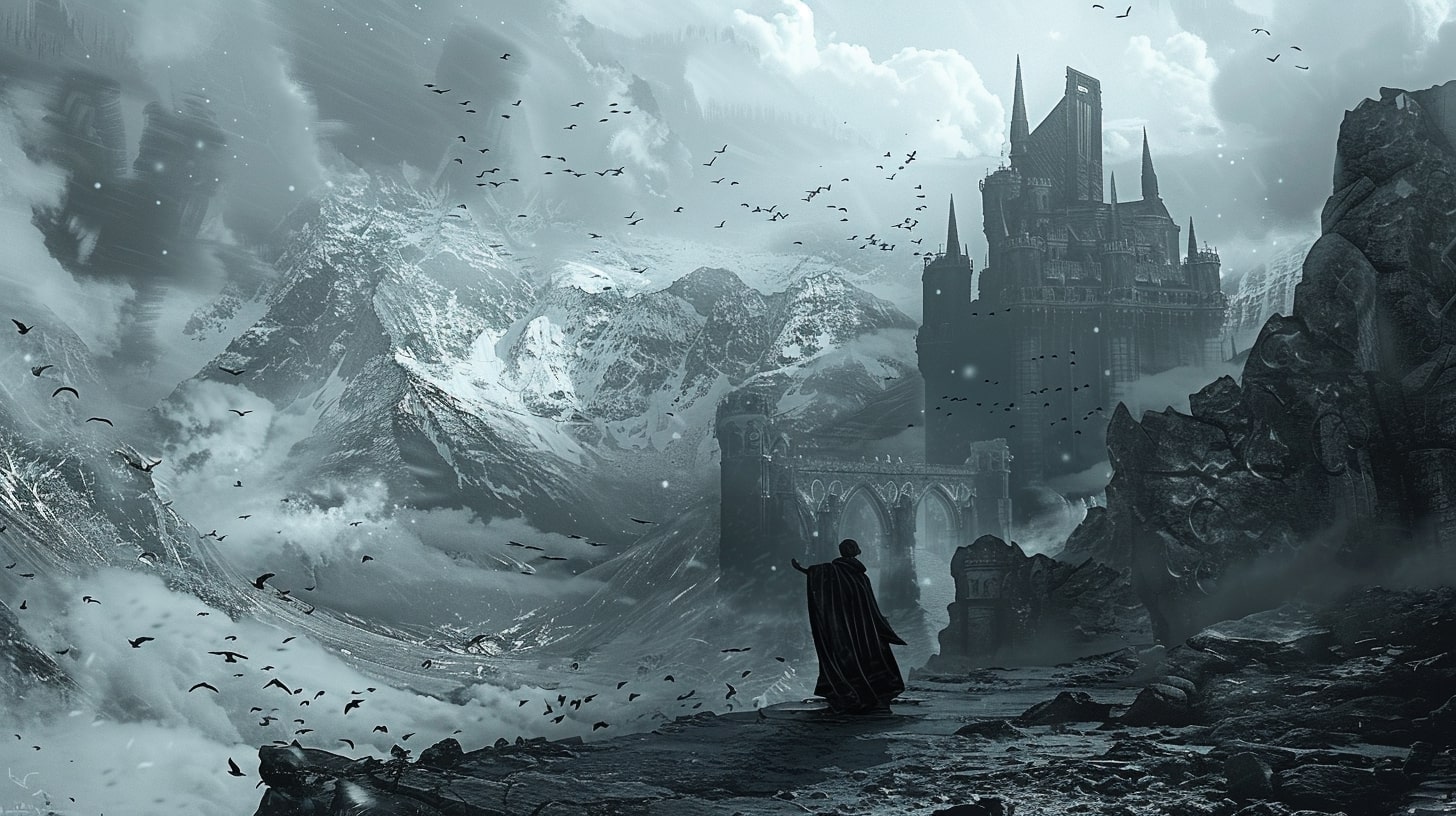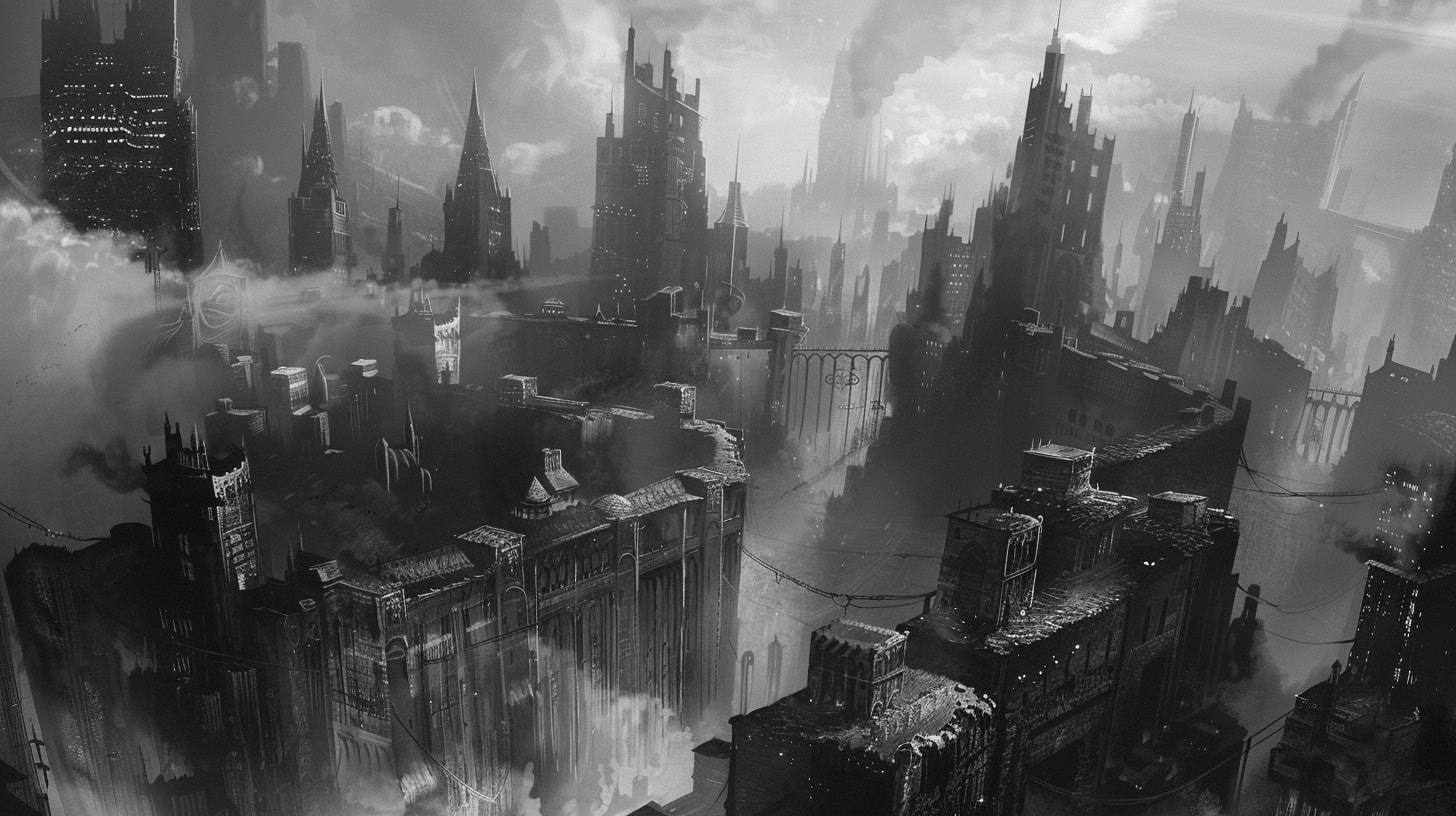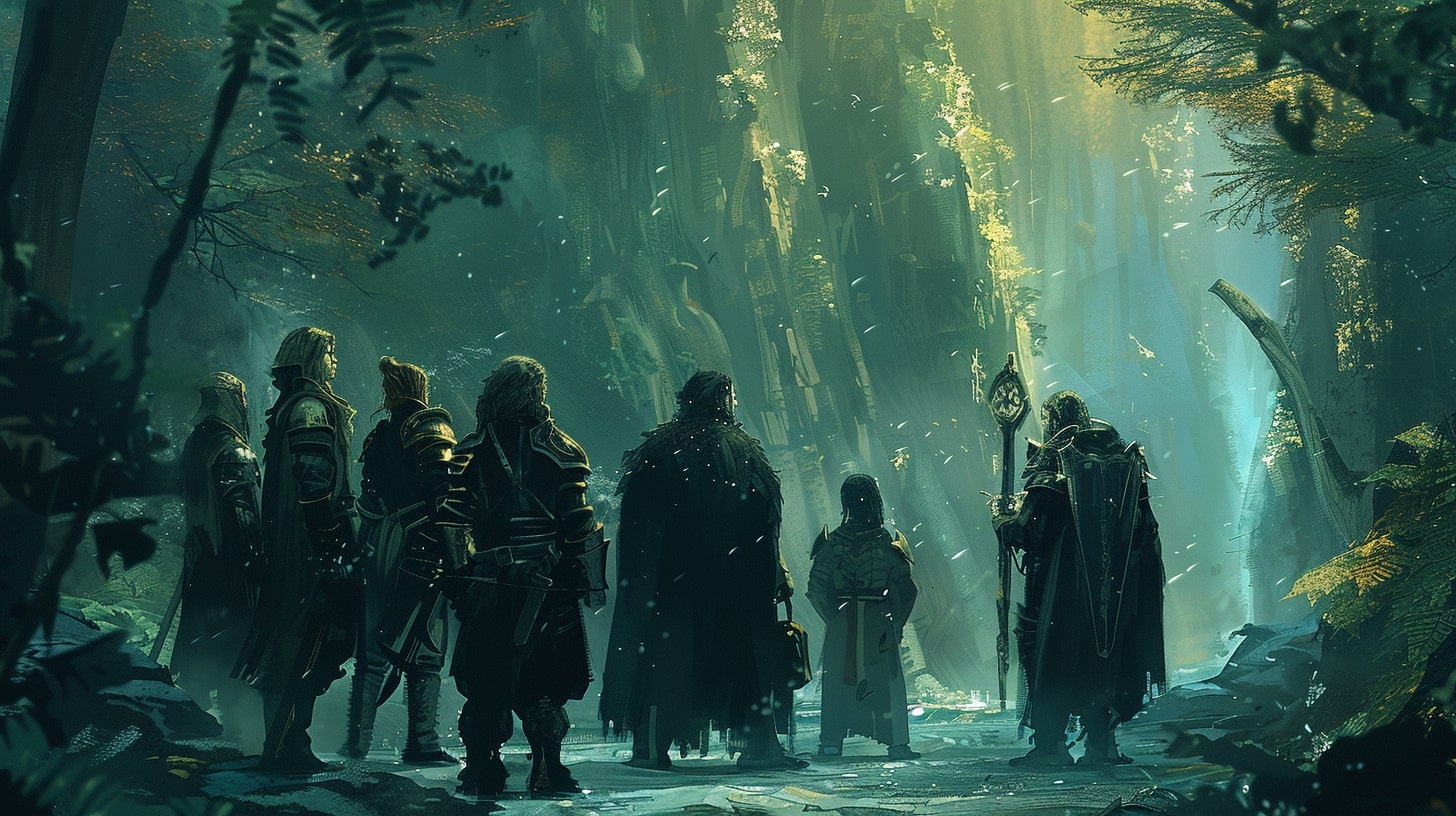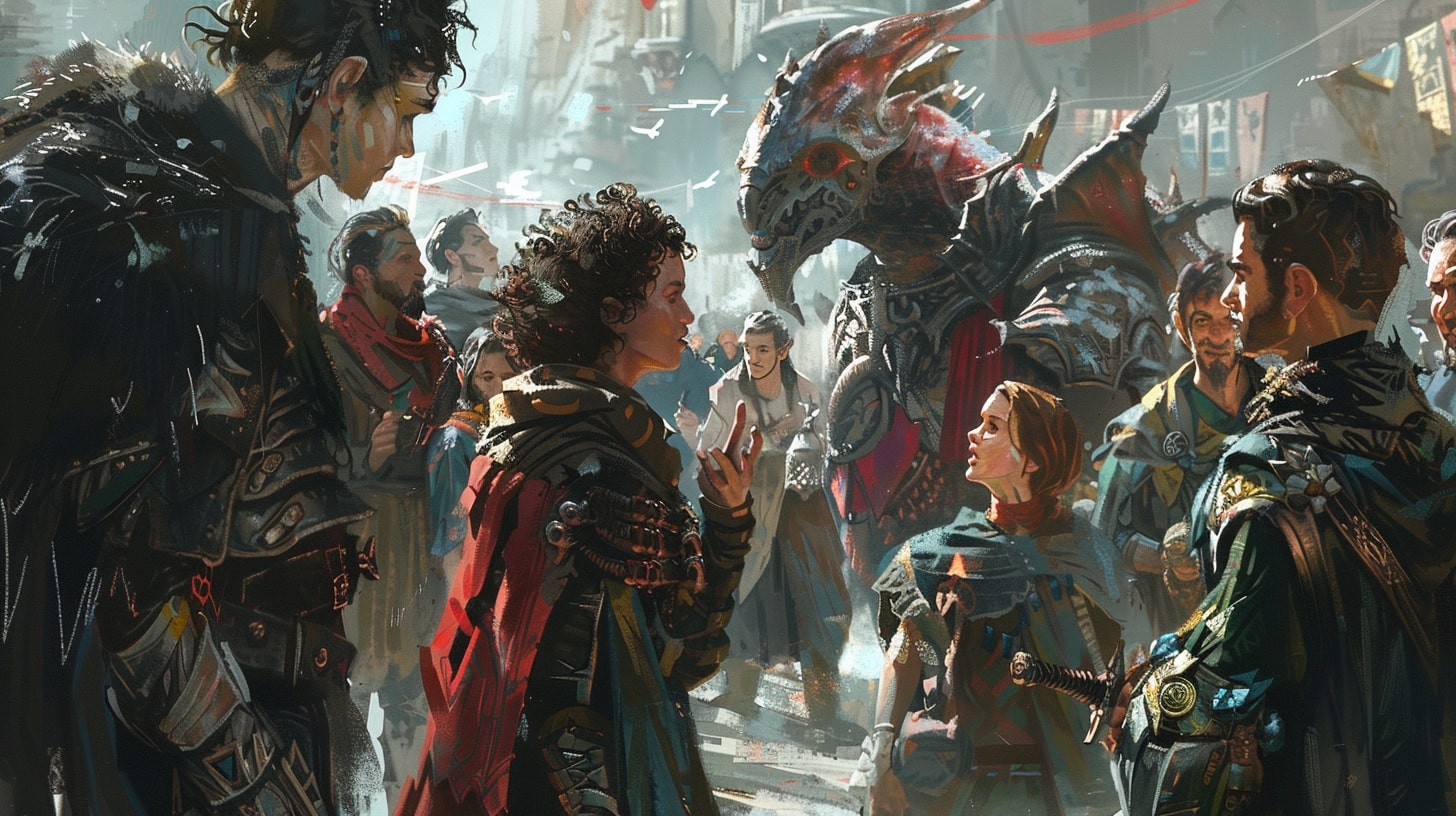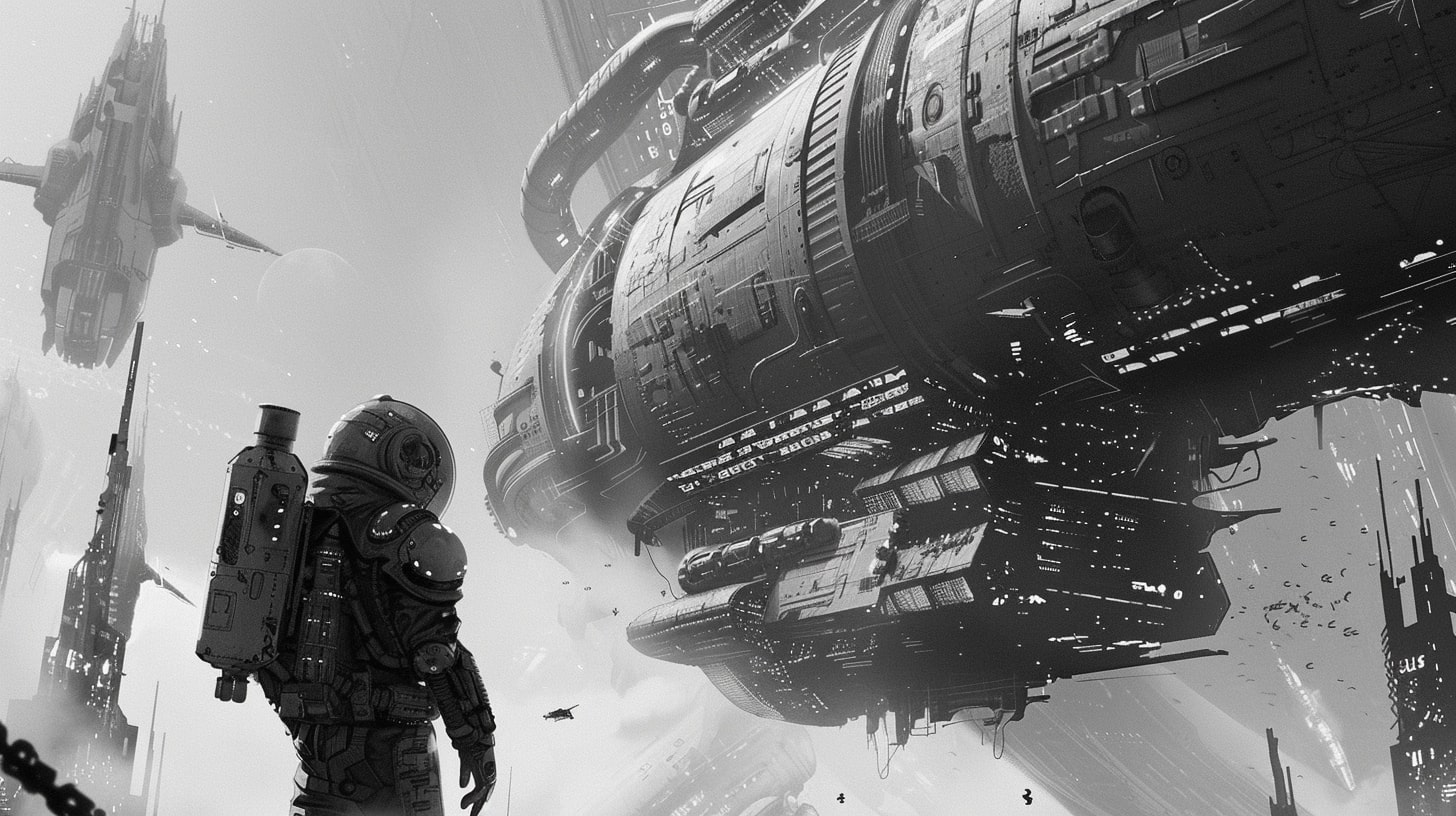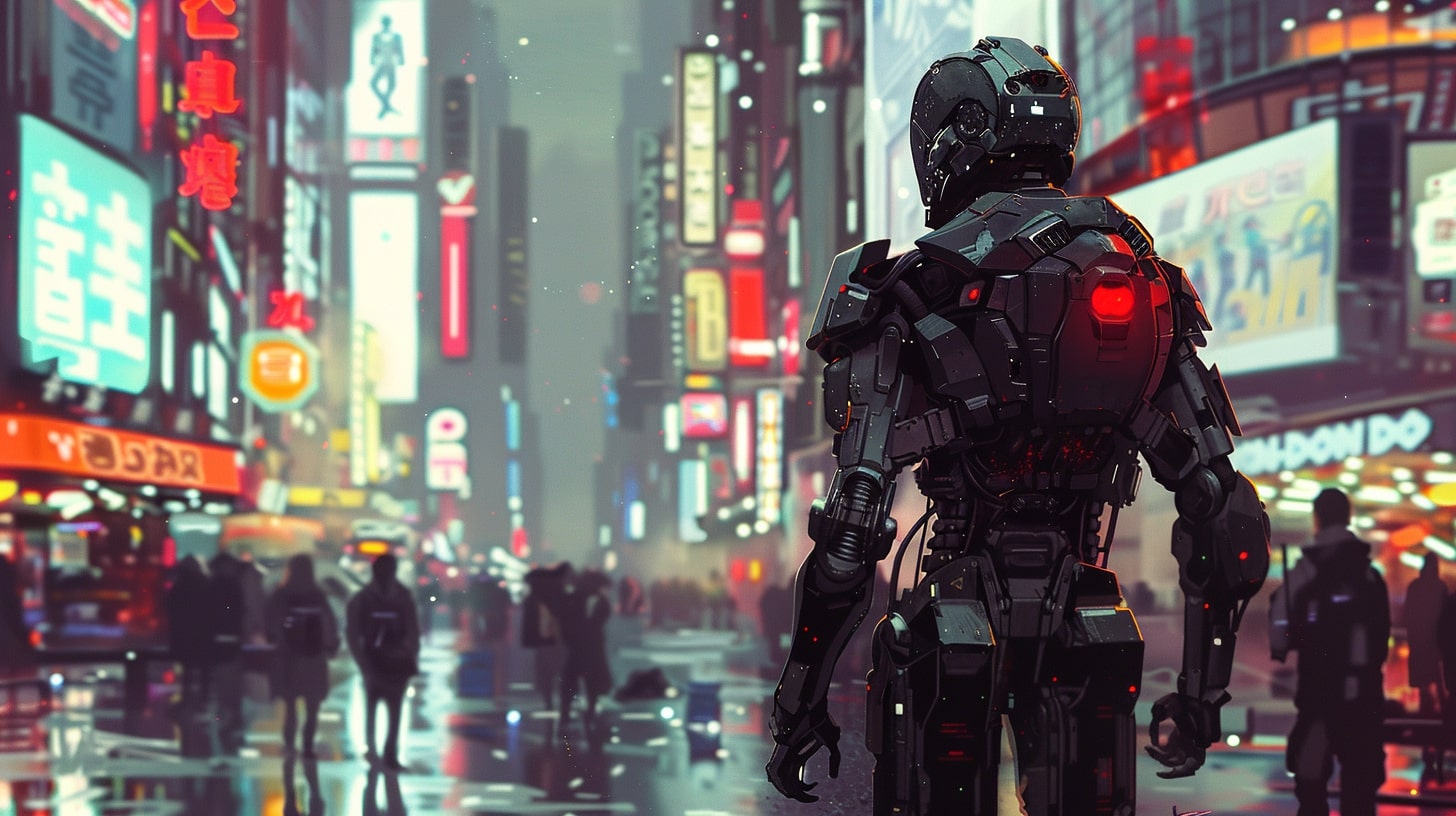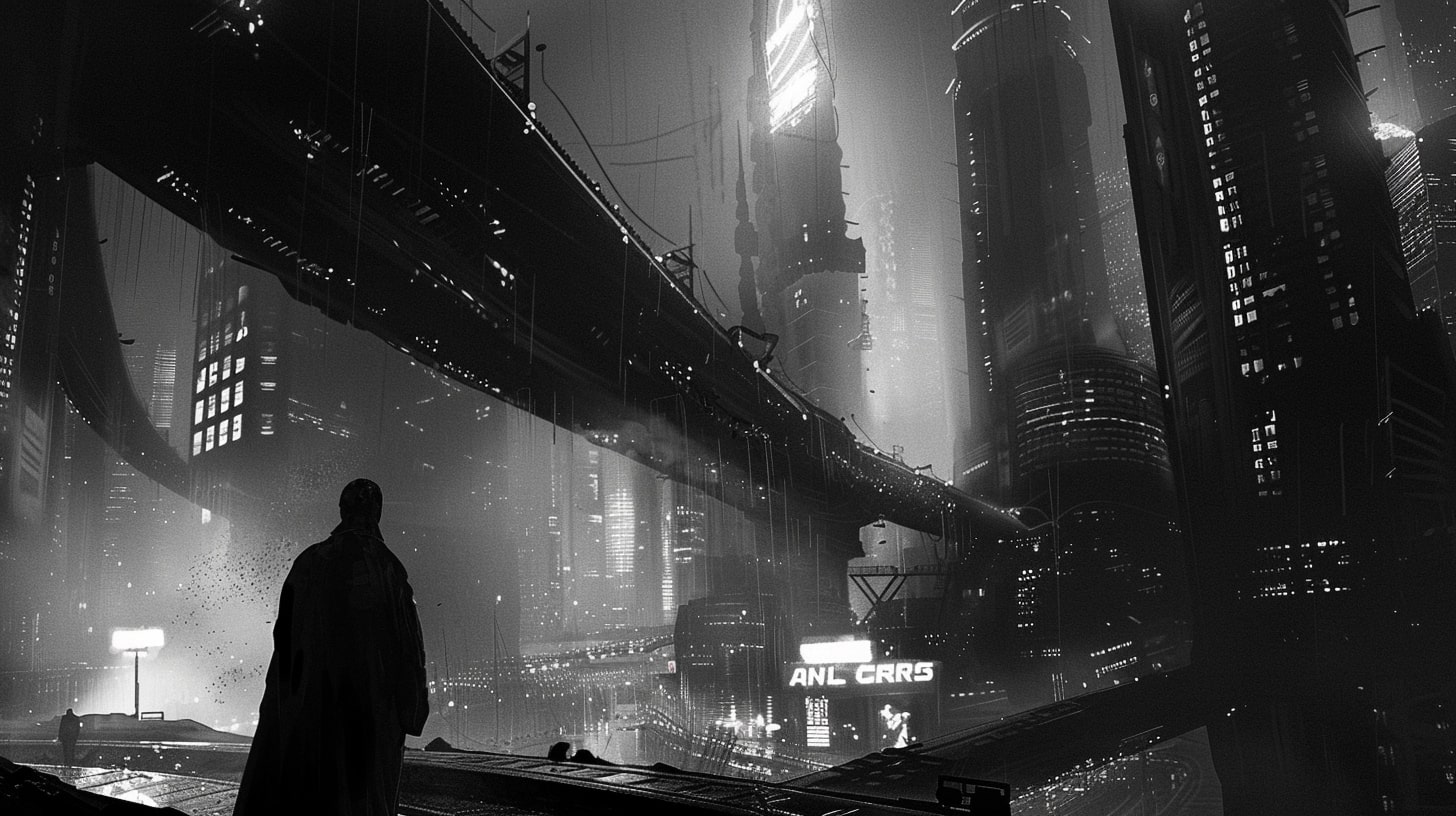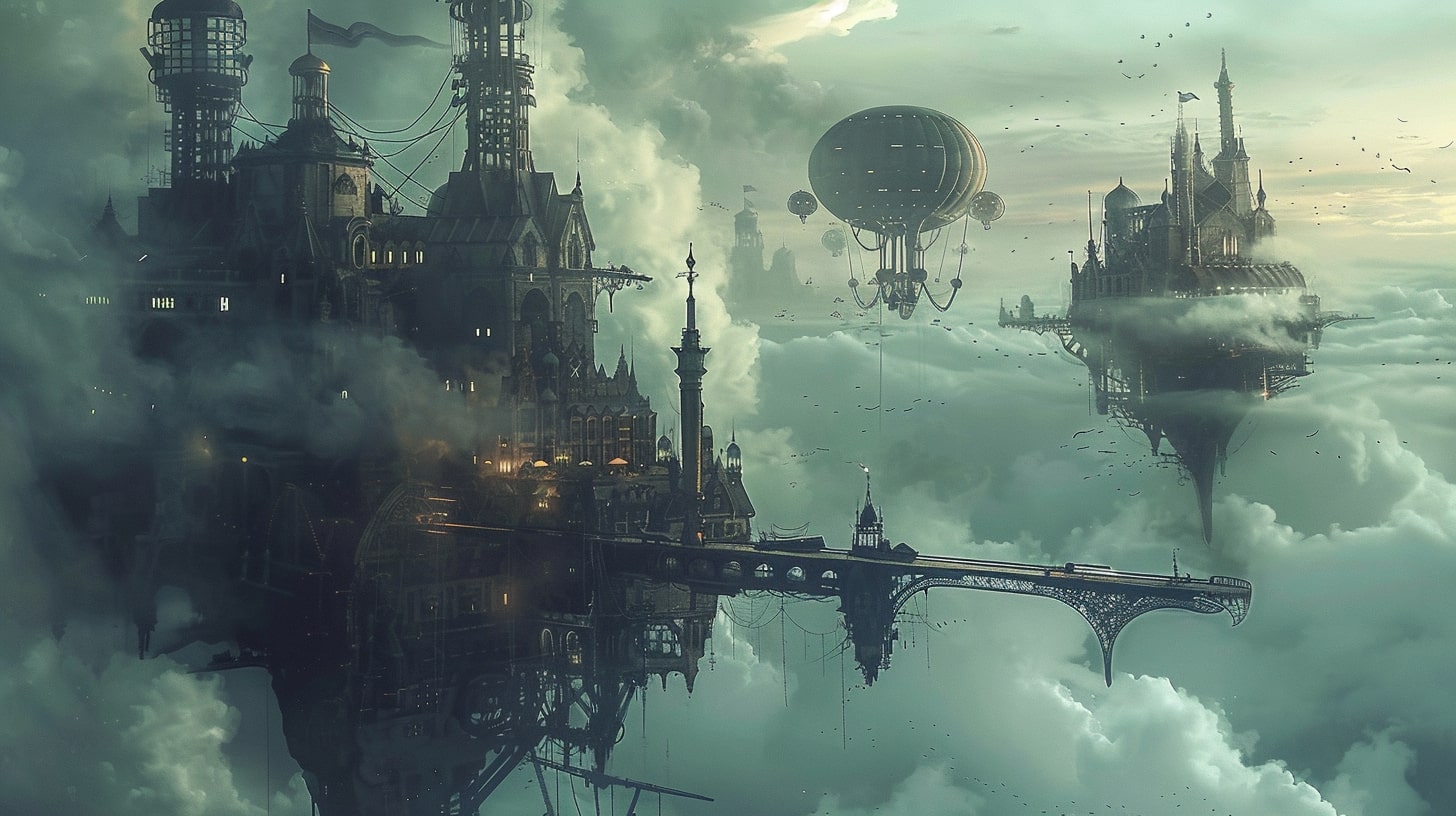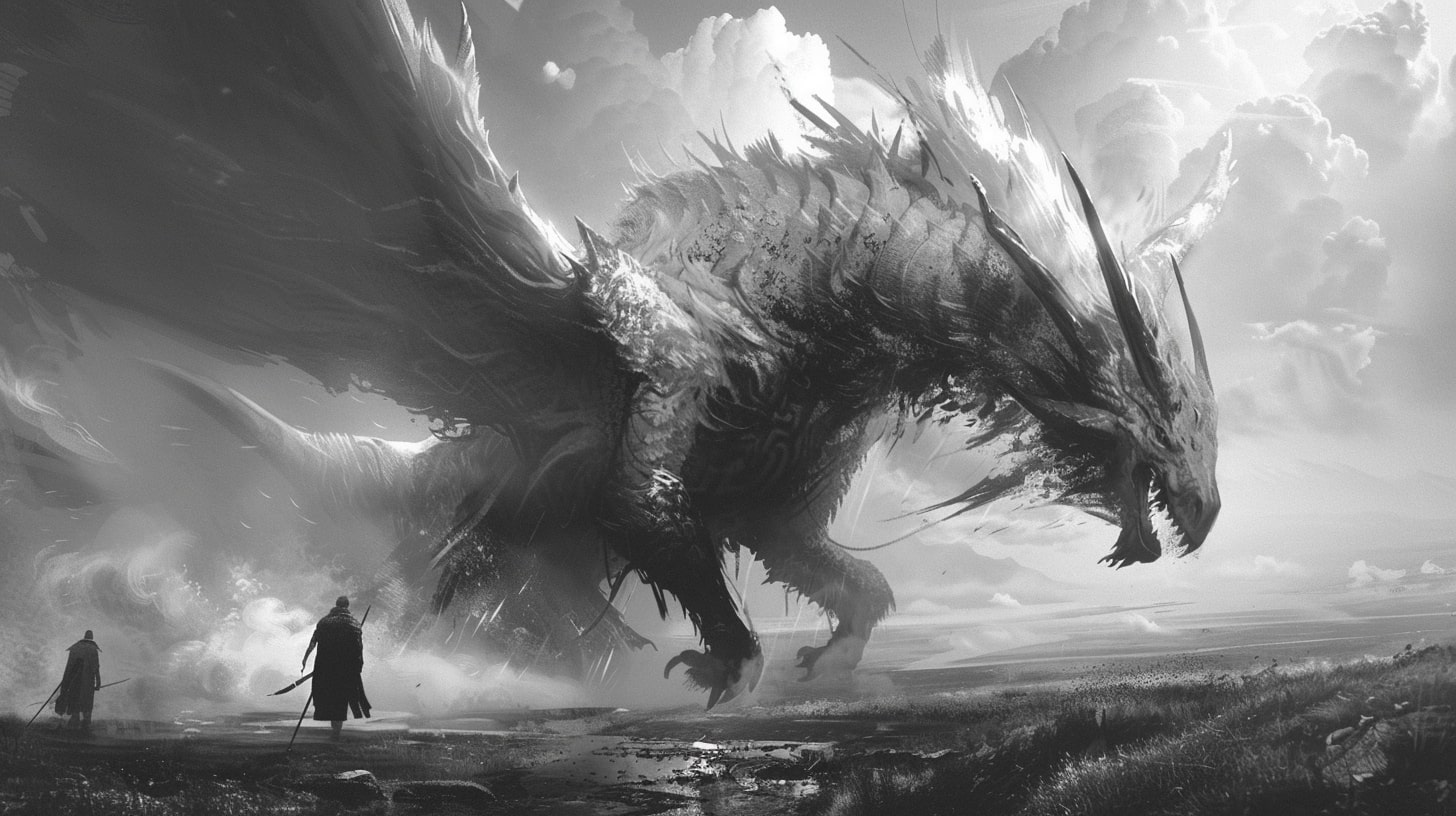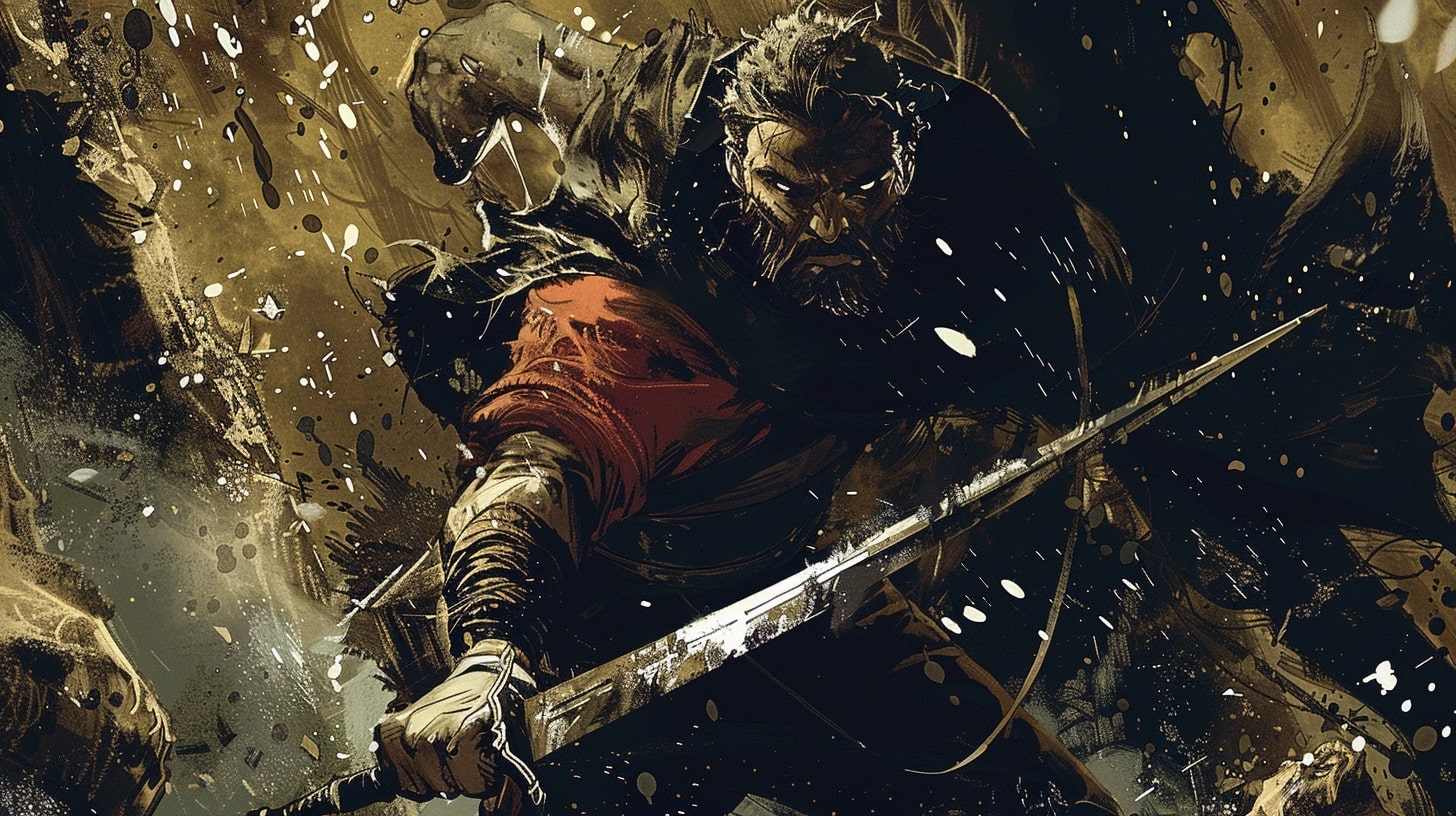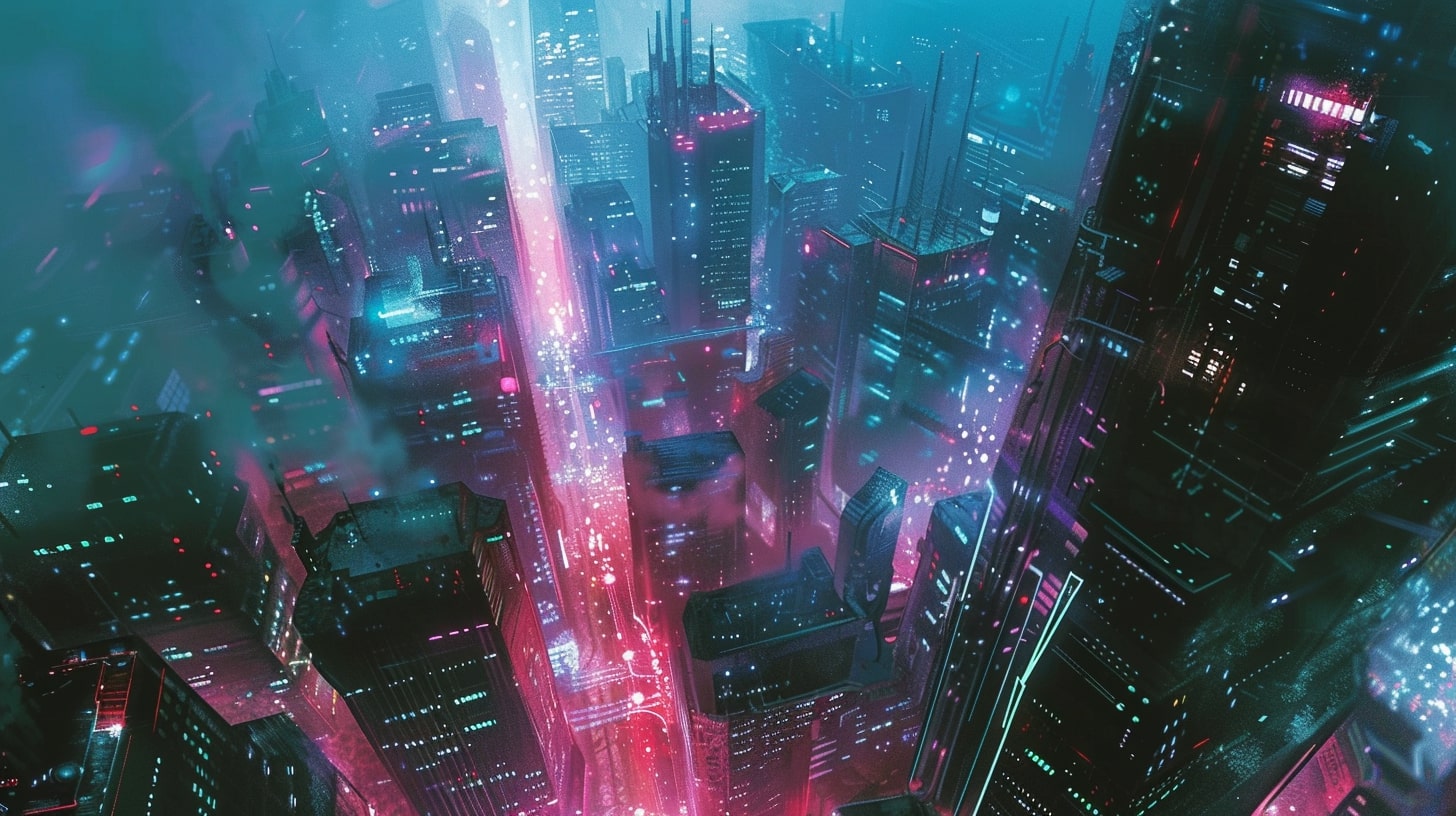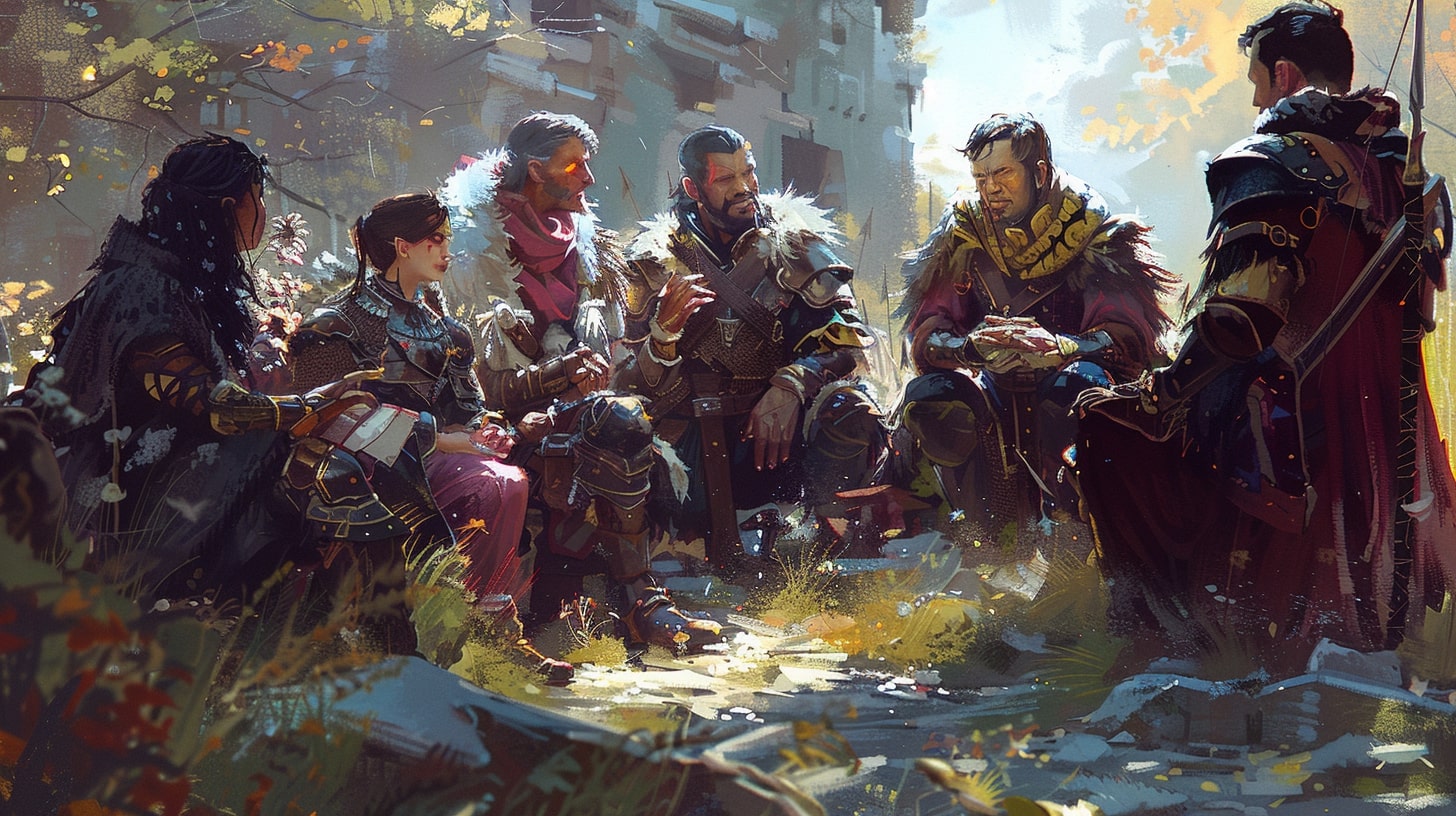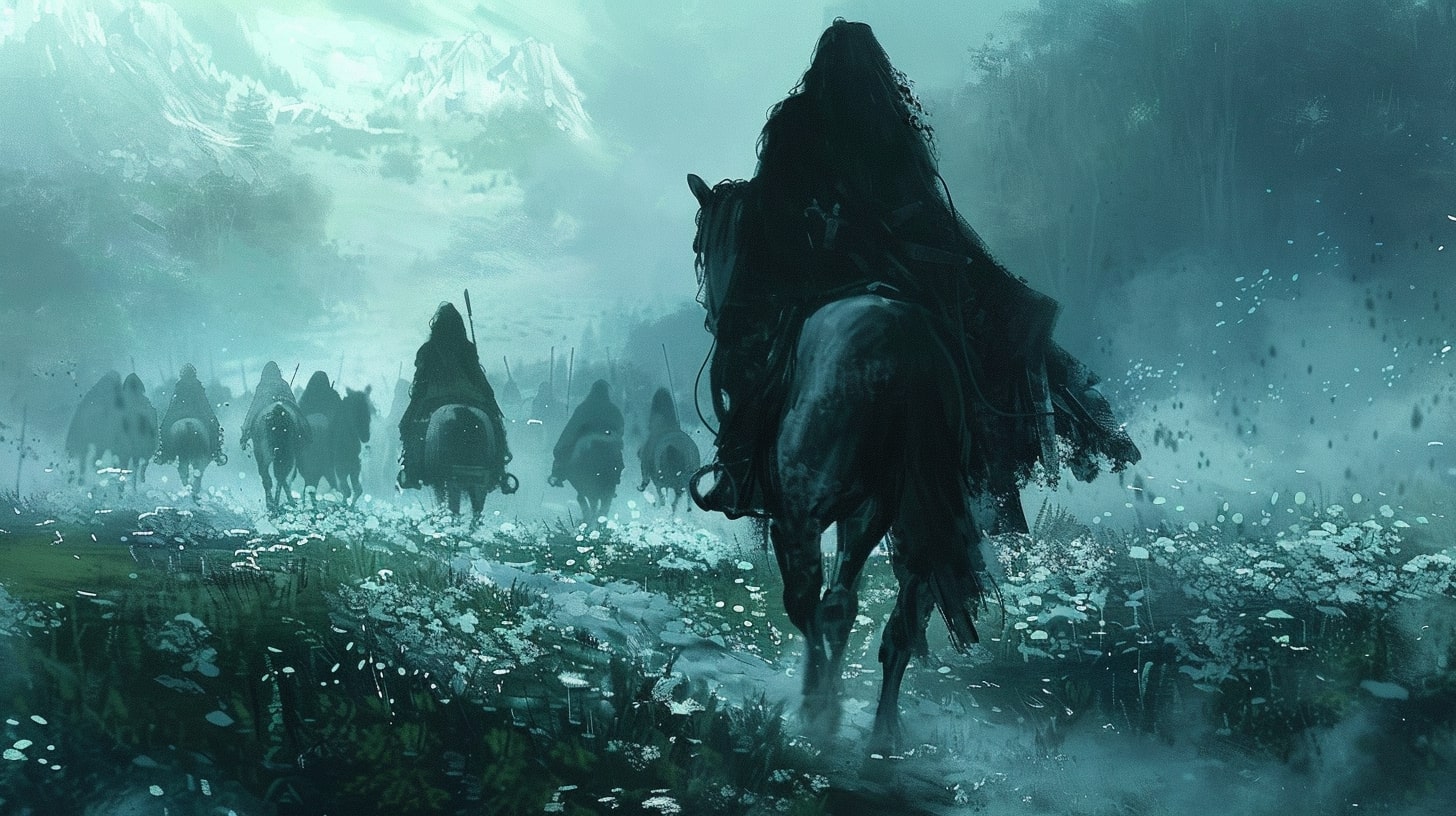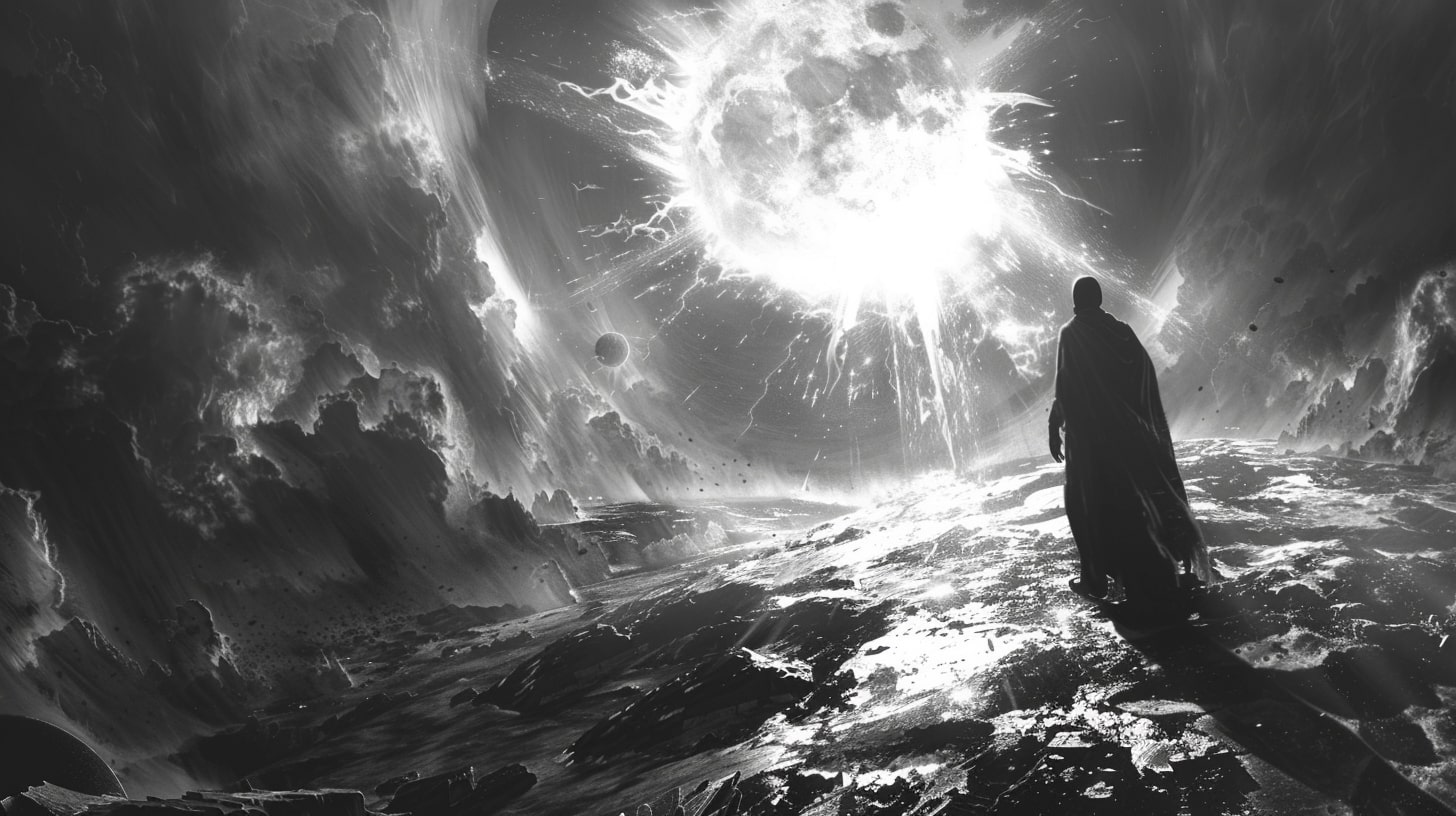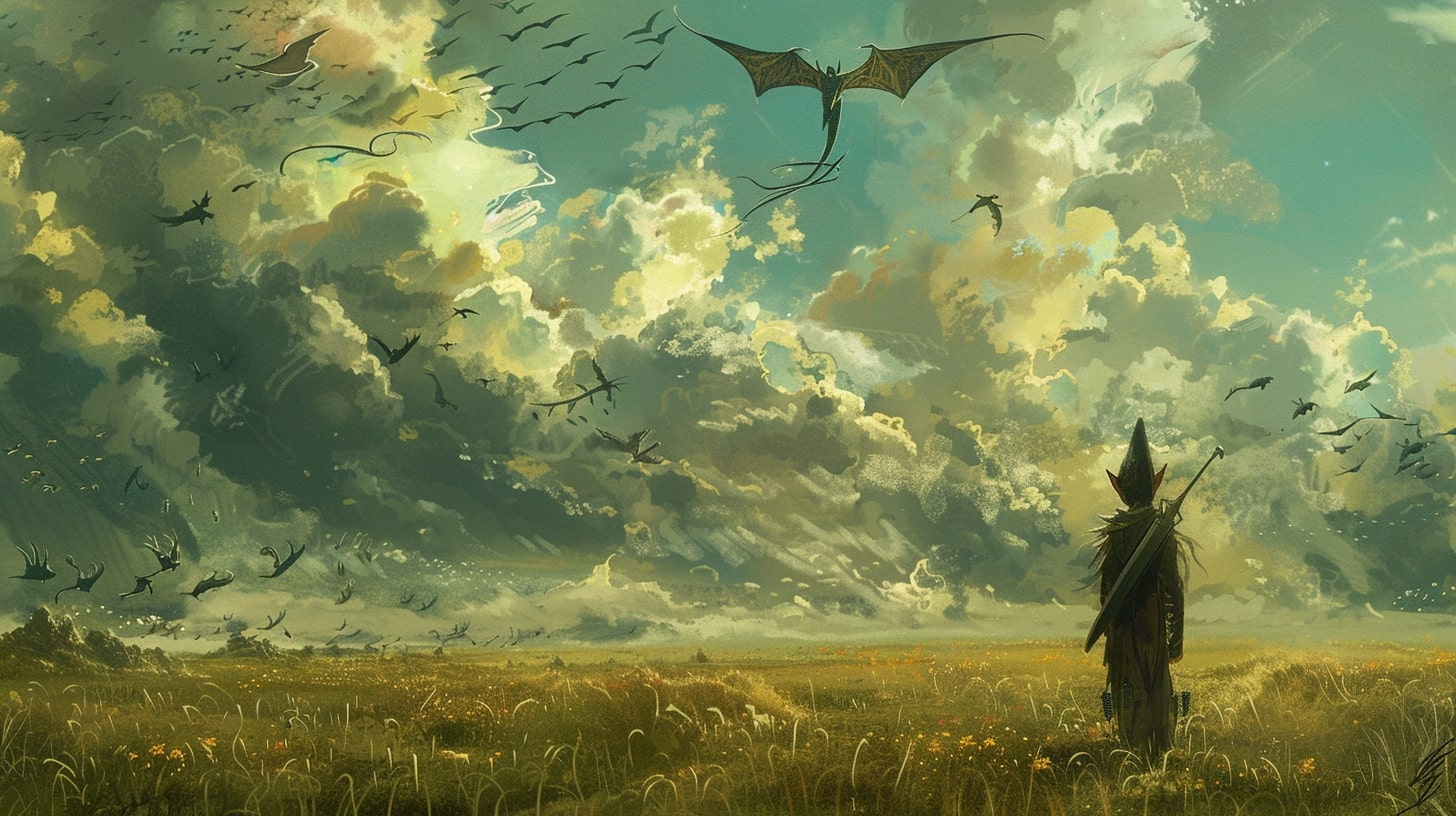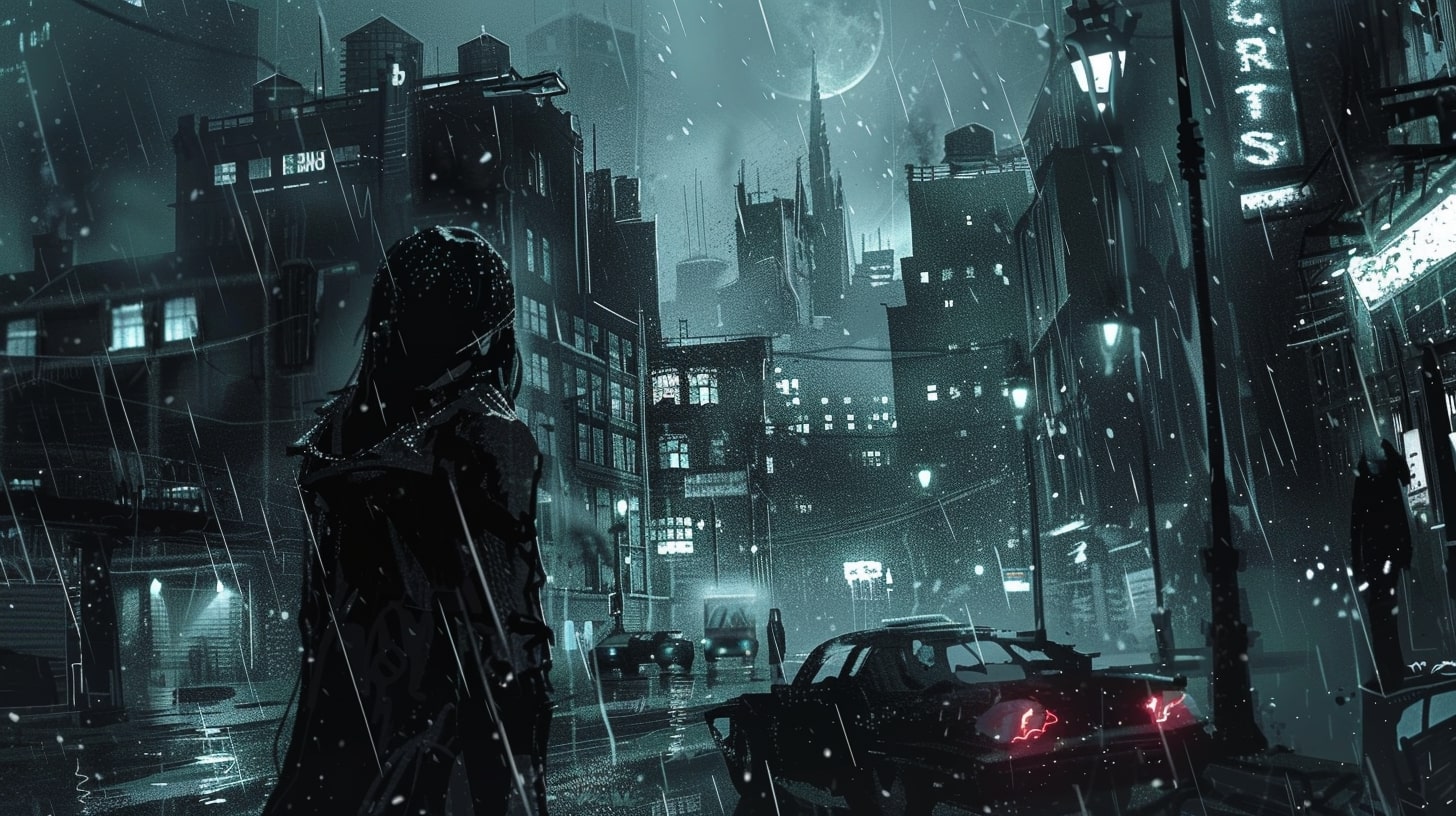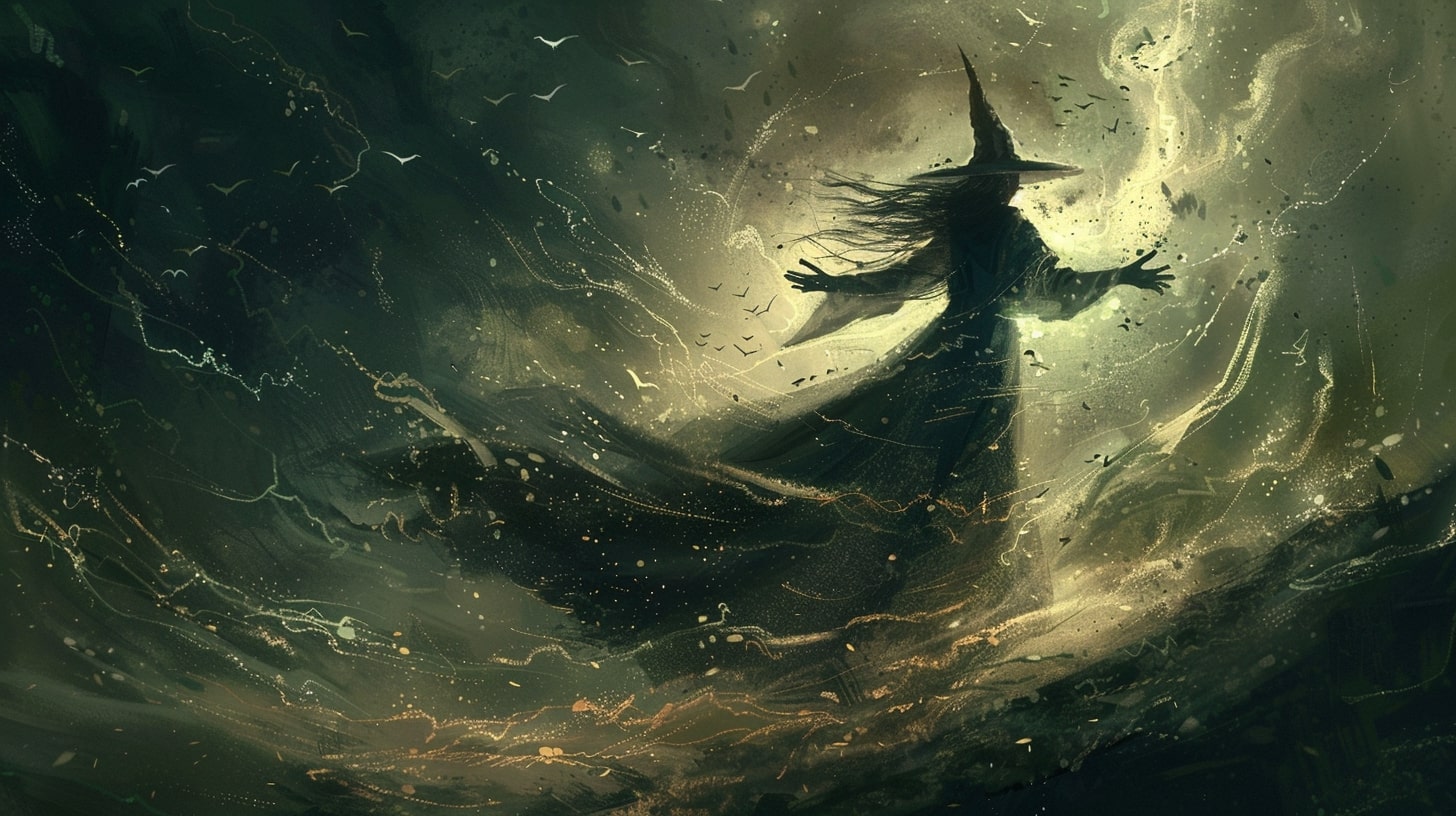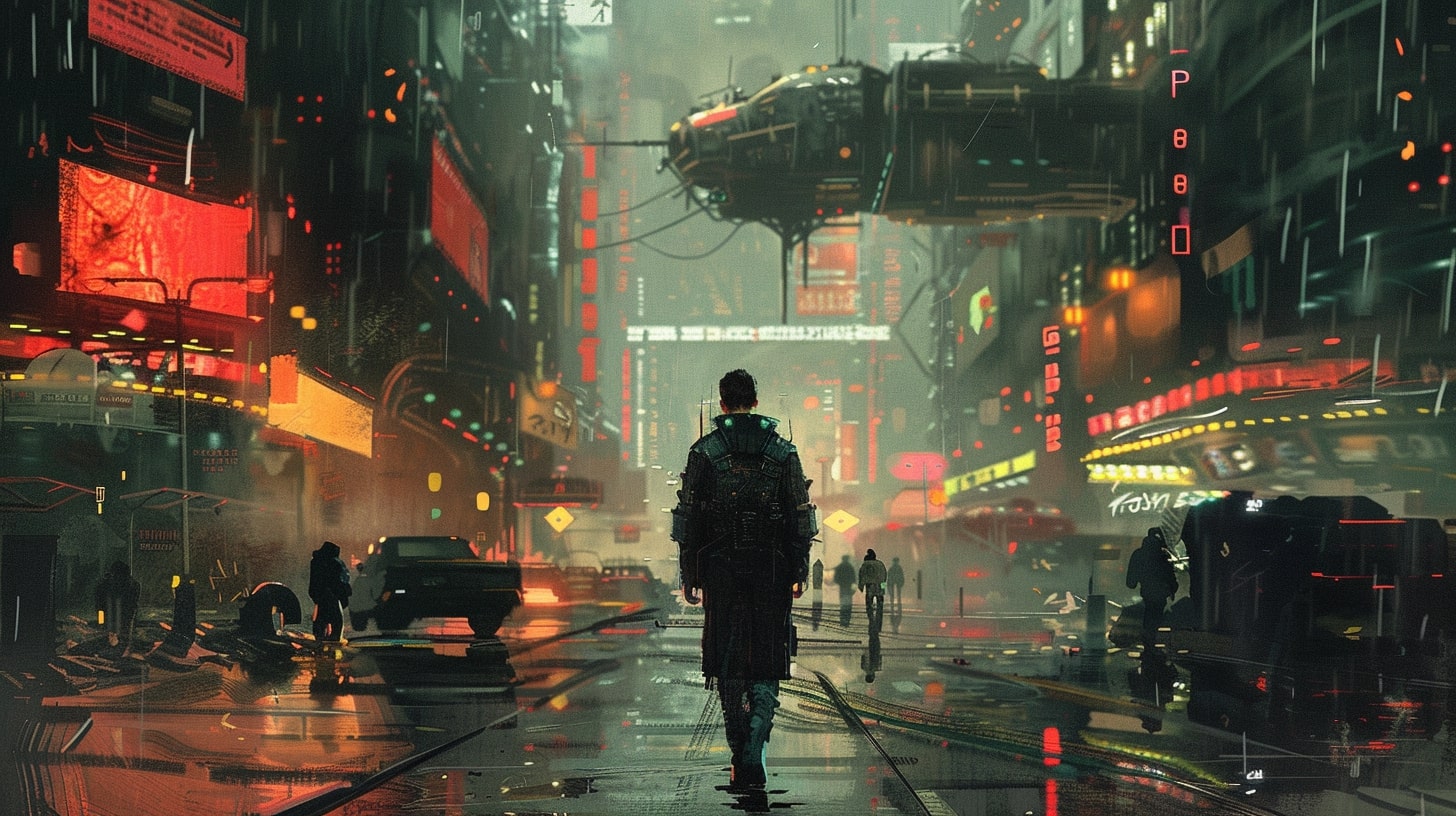Unleashing Your Superhero Story
Are you ready to dive into the captivating world of superhero stories? The allure of these tales of extraordinary individuals with incredible abilities has captured the imaginations of many.
If you've ever dreamt of creating your own superhero story, here are some tips to help you craft compelling characters and embark on an exciting fantasy writing journey.
The Allure of Superhero Stories
Superhero stories have an enduring appeal that resonates with readers of all ages. They offer a sense of escapism, allowing us to explore extraordinary abilities, epic battles between good and evil, and the triumph of justice. These stories often tap into our desire for hope, inspiration, and the belief that anyone can rise above adversity to become a hero.
Whether you're drawn to the iconic heroes of comic books or the complex characters portrayed in movies and TV shows, understanding the core elements of superhero stories is essential. By embracing the unique qualities of this genre, you can create a story that captures the hearts and imaginations of your readers.
Tips for Crafting Compelling Superhero Characters
When it comes to writing superhero stories and crafting compelling superhero characters, there are a few key considerations to keep in mind.
1. Develop a unique superpower: The superpower of your protagonist is one of the defining characteristics that sets them apart. Whether it's the ability to fly, super strength, or something more unconventional, like shape-shifting, choose a power that aligns with your character's personality, strengths, and weaknesses. This will add depth and complexity to their journey.
2. Craft a memorable origin story: Every superhero has an origin story that explains how they obtained their powers and became the hero they are today. This story is crucial for establishing the motivations and driving forces behind your character. Consider the events, challenges, or tragedies that shaped your hero and led them to embrace their extraordinary abilities.
3. Build a heroic alter ego: The alter ego of your superhero is just as important as their super-powered persona. This is the ordinary identity they assume when not fighting crime or saving the world. Develop a well-rounded alter ego with relatable strengths, weaknesses, and personal goals. The duality between their super-powered and everyday lives adds an intriguing layer of complexity to their character.
By carefully crafting these elements, you can create superhero characters that are dynamic, relatable, and memorable. Remember to tap into your own creativity and let your imagination soar as you bring your heroes to life.
Ready to embark on your superhero writing journey? Let's explore the next steps in developing your superhero story by diving into Developing Your Superhero and Designing the Villains. For more writing tips and techniques, check out our articles on how to write fantasy novels and fantasy writing tips.
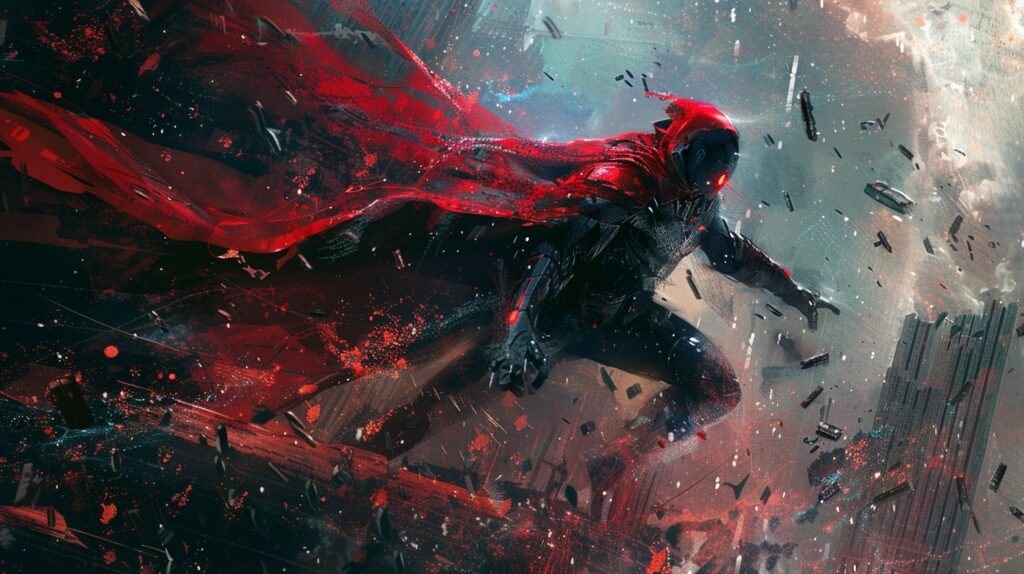
Writing Superhero Stories: Developing Your Superhero
To create an engaging superhero story, it's essential to develop your protagonist in a way that captivates your readers. This section will guide you through the process of creating a unique superpower, crafting a memorable origin story, and building a heroic alter ego for your superhero.
Creating a Unique Superpower
One of the defining characteristics of a superhero is their extraordinary abilities. When developing your superhero, think about what makes their superpower unique and compelling. Consider the impact it has on their daily life, their interactions with others, and how it influences their role as a hero.
To brainstorm unique superpowers, you can draw inspiration from various sources such as mythology, science fiction, or even everyday objects. Think about how this power aligns with your character's personality and goals. For example, a character with the ability to manipulate plants might embody a strong connection to nature and a desire to protect the environment.
Remember to establish clear limitations and boundaries for the superpower to maintain a sense of balance and challenge for your character. This adds depth and complexity to their journey as they navigate both the benefits and drawbacks of their abilities.
Crafting a Memorable Origin Story
An origin story is essential for establishing the foundation of your superhero's journey. It provides insight into their past, explaining how they acquired their powers and why they choose to use them for the greater good. A well-crafted origin story adds depth and emotional resonance to your character.
Consider exploring various elements such as a life-altering event, a significant personal sacrifice, or a transformative experience that led to the discovery of their powers. This origin story should be unique and connected to your character's motivations and values.
To engage your readers, focus on creating a compelling narrative that showcases your character's growth, resilience, and the challenges they faced along the way. This will help establish a strong connection between your readers and your superhero, making them more invested in their journey.
Building a Heroic Alter Ego
A heroic alter ego is the persona your superhero adopts to protect their true identity. This dual identity adds an extra layer of intrigue and complexity to your character. When building your hero's alter ego, consider their personality traits, strengths, and weaknesses.
Think about how your character navigates the challenges of leading a double life, maintaining relationships, and concealing their true identity. This inner conflict can be a rich source of tension and character development throughout your story.
To make your hero's alter ego memorable, establish a distinct personality and a compelling backstory. This backstory should serve as the foundation for their motivations and the choices they make as a superhero.
Explore the dynamics between their alter ego and their superhero persona, highlighting the contrasts and similarities between the two.
By focusing on creating a unique superpower, crafting a memorable origin story, and building a heroic alter ego, you can develop a compelling and relatable superhero for your story.
Remember to consider your character's backstory, motivations, and growth throughout the narrative. With these elements in place, your superhero will come to life, captivating readers and taking them on an unforgettable adventure.

Designing the Villains
No superhero story is complete without crafting formidable antagonists. The villains play a crucial role in driving the conflict and creating tension within the narrative. Here are some tips to help you create compelling and memorable villains for your superhero story.
Crafting Formidable Antagonists
To create formidable villains, it's important to establish their strengths, weaknesses, and unique abilities. A formidable antagonist should pose a significant challenge to the superhero, forcing them to push their limits and grow throughout the story. Consider giving your villains powers or skills that directly counter the superhero's abilities, creating a thrilling dynamic between the two.
Furthermore, delve into their personalities and motivations. What drives the villain to commit acts of evil? Are they seeking power, revenge, or control? By understanding their motivations, you can create villains with depth and complexity, making them more relatable and engaging for readers.
Establishing Motivations and Backstories
A well-crafted villain is more than just a one-dimensional caricature. Develop their backstory and motivations to add depth to their character. What events or experiences shaped them into the villain they have become?
Exploring their past can help readers understand their actions and choices, even if they don't agree with them. Remember that villains often believe they are the heroes of their own stories, justifying their actions in their own twisted ways.
The Art of Conflict and Tension
Conflict and tension between the superhero and the villain are at the heart of a captivating superhero story. Consider creating situations where the villain poses a direct threat to the superhero's loved ones, their city, or the world itself. This raises the stakes and intensifies the conflict, keeping readers on the edge of their seats.
Additionally, explore the psychological aspects of the conflict. Create moments of internal struggle for both the superhero and the villain. These moments of introspection and doubt can add depth to their characters and make the conflict more compelling.
Remember to strike a balance between the superhero and the villain. The more evenly matched they are, the more thrilling the encounters between them will be. This balance creates a constant sense of tension and keeps readers invested in the outcome of their battles.
By crafting formidable antagonists, establishing their motivations and backstories, and creating conflicts that test the superhero's limits, you can elevate your superhero story to new heights. Don't be afraid to add complexity and nuance to your villains, as they play a vital role in shaping the narrative and making your superhero's journey all the more captivating.
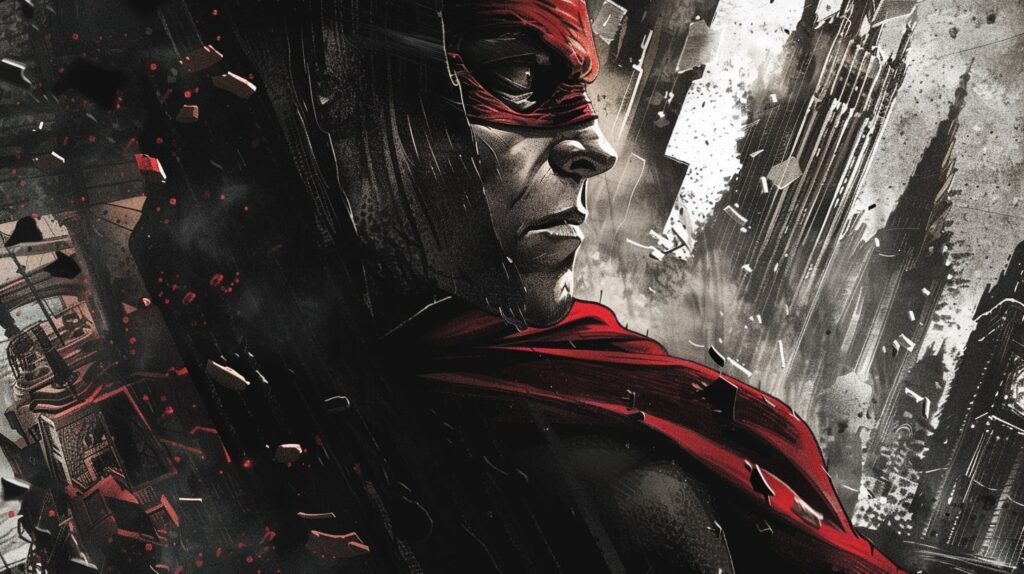
Building Your Superhero Universe
To create a captivating superhero story, it's essential to build a rich and immersive superhero universe. This involves establishing the setting, creating supporting characters, and cultivating relationships and dynamics within the story.
Establishing the Setting
The setting of your superhero story is the backdrop against which the events unfold. It could be a bustling metropolis, a futuristic city, or even an alternate reality. The setting not only provides a sense of place but also contributes to the overall atmosphere and tone of the story.
When establishing the setting, consider the specific details that make it unique and memorable. Describe the cityscape, the architecture, and the atmosphere. Are there any iconic landmarks or hidden locations that hold significance? By painting a vivid picture of the setting, you can immerse your readers in the world of your superheroes.
Creating Supporting Characters
Supporting characters play a crucial role in enhancing the depth and complexity of your superhero universe. These characters can include allies, mentors, sidekicks, and even ordinary citizens who are impacted by the hero's actions. Each supporting character should have distinct traits, motivations, and backstories that contribute to the overall narrative.
When creating supporting characters, consider their relationships with the main superhero and with each other. Are they friends or foes? Do they share a common goal or have conflicting interests? These relationships and interactions add depth and conflict to the story, making it more engaging for readers.
Cultivating Relationships and Dynamics
The relationships and dynamics within your superhero universe are essential for driving the plot and character development. These dynamics can include romantic relationships, friendships, rivalries, or even complex alliances. By exploring the interactions and conflicts between characters, you can create compelling storylines and emotional arcs.
To cultivate relationships and dynamics, consider the chemistry between characters and how it evolves throughout the story. Are there conflicts that need to be resolved? Do the characters grow and change through their interactions? By delving into these dynamics, you can add depth and realism to your superhero universe.
Remember to also consider the role of the superhero within the larger society. How do they interact with law enforcement, government agencies, or the general public? These interactions can further shape the dynamics within the superhero universe and provide opportunities for conflict and collaboration.
By carefully crafting the setting, creating supporting characters, and cultivating relationships and dynamics, you can build a superhero universe that feels vibrant, immersive, and engaging. This will captivate readers and keep them invested in the thrilling adventures of your superheroes.
Structuring the Superhero Plot
To create a captivating superhero story, structuring the plot is essential. This involves carefully planning the journey your hero will undertake, balancing action with emotional arcs, and crafting engaging climaxes and resolutions. Here are some tips to help you master the art of structuring your superhero story.
The Hero's Journey
One of the most effective plot structures for superhero stories is the Hero's Journey. This narrative framework, popularized by Joseph Campbell, follows the hero as they embark on an extraordinary adventure, undergo trials and challenges, and ultimately transform into a stronger and wiser individual.
The Hero's Journey typically consists of several stages, including the Call to Adventure, where the hero is introduced to their mission; the Initiation, where they face tests and confront their weaknesses; and the Return, where they bring their newfound knowledge and abilities back to their world. By following this structure, you can create a compelling and satisfying story arc for your superhero.
Balancing Action and Emotional Arcs
While action and thrilling sequences are integral to superhero stories, it's equally important to balance them with emotional arcs. Your hero should experience growth, face inner conflicts, and grapple with personal challenges throughout the story. This adds depth and relatability to your characters, allowing readers to connect with them on a deeper level.
Incorporate moments of vulnerability, doubt, and introspection for your hero. Explore their fears, desires, and personal relationships. By intertwining action-packed scenes with emotional development, you'll create a well-rounded story that resonates with your readers.
Crafting Engaging Climaxes and Resolutions
The climax of your superhero story is its pivotal moment. It's the culmination of the hero's journey, where they face their biggest challenge and undergo a definitive transformation. The climax should be emotionally charged, filled with tension and high stakes.
Craft a satisfying resolution that ties up loose ends and provides closure for your readers. Ensure that the hero's growth and development are reflected in the resolution, allowing them to overcome their internal and external conflicts. This will leave your audience feeling fulfilled and eager for more.
Remember to consider the pacing of your story, gradually building tension and suspense leading up to the climax. Use vivid descriptions, engaging dialogue, and dynamic action sequences to keep readers captivated until the very end.
By structuring your superhero plot using the Hero's Journey, balancing action and emotional arcs, and crafting engaging climaxes and resolutions, you can create a compelling and unforgettable story for your readers.
Embrace your creativity, experiment with different plot structures, and don't be afraid to think outside the box to make your superhero story truly extraordinary.
Honing Your Superhero Writing Skills
To become a masterful superhero storyteller, there are several key skills you should focus on. By studying the genre, embracing your unique voice, and seeking feedback and revision, you can elevate your superhero stories to new heights.
Studying the Genre
One of the first steps in honing your superhero writing skills is to immerse yourself in the genre. Read widely within the superhero genre to familiarize yourself with different storytelling techniques, character archetypes, and plot structures.
This will help you understand the conventions and expectations of superhero stories, enabling you to craft more authentic and engaging narratives. Explore resources such as how to write fantasy novels and fantasy writing tips to expand your knowledge and hone your craft.
Embracing Your Unique Voice
While studying the genre is important, it's equally crucial to develop and embrace your unique writing voice. Your voice is what sets your superhero stories apart from others. Experiment with different styles, tones, and narrative techniques to find what resonates with you and your readers.
Your voice should reflect your passion and enthusiasm for the superhero genre, allowing your creativity to shine through. Don't be afraid to take risks and infuse your stories with your own personal flair.
Seeking Feedback and Revision
No writer's journey is complete without the invaluable process of seeking feedback and revision. Share your superhero stories with trusted individuals who can provide constructive criticism and fresh perspectives. Join writing groups, attend workshops, or seek out beta readers who are familiar with the genre.
Their feedback can help you identify areas for improvement and refine your storytelling skills. Remember, revision is an essential part of the writing process. Embrace feedback with an open mind and be willing to make necessary changes to enhance the overall quality of your superhero stories.
By studying the genre, embracing your unique voice, and seeking feedback and revision, you can continuously refine and improve your superhero writing skills.
Remember to explore resources within the fantasy and sci-fi realm to expand your knowledge further. With dedication, practice, and a touch of superhuman creativity, your superhero stories will captivate readers and leave them eagerly awaiting your next thrilling adventure.

